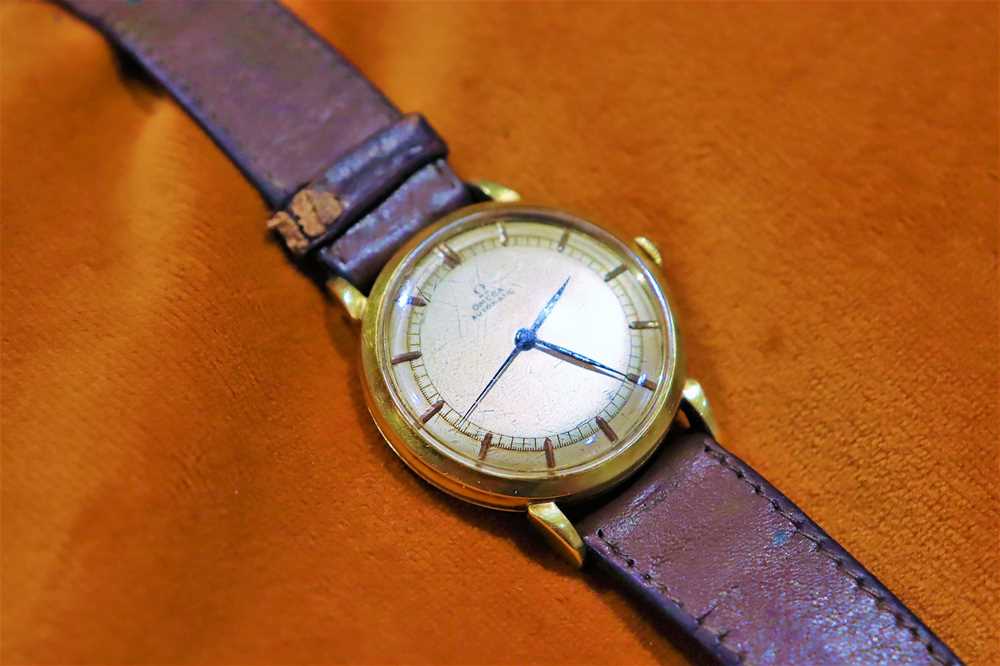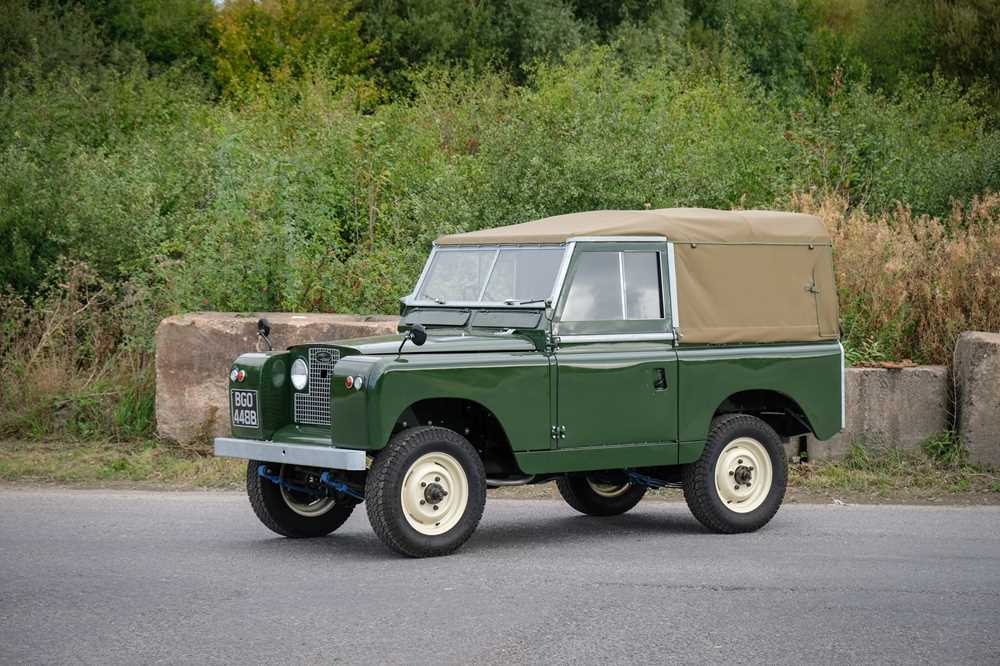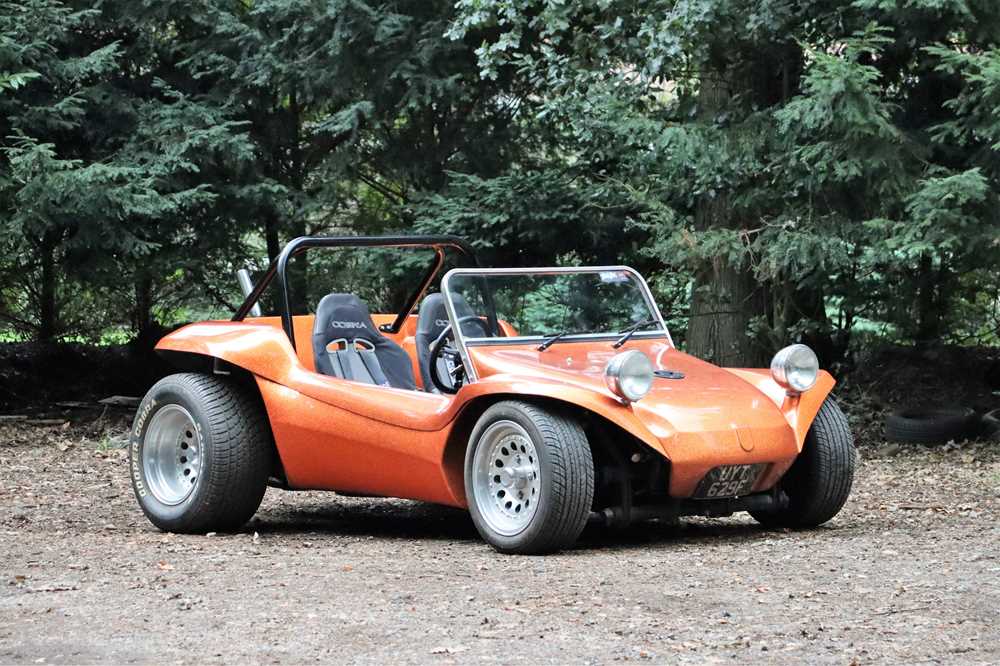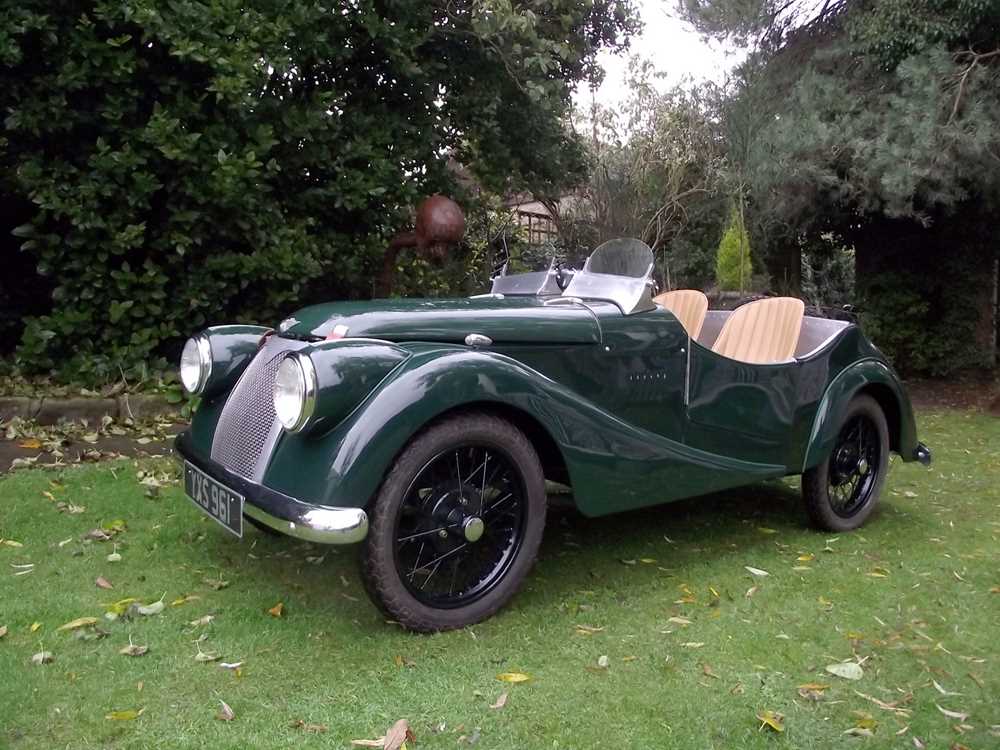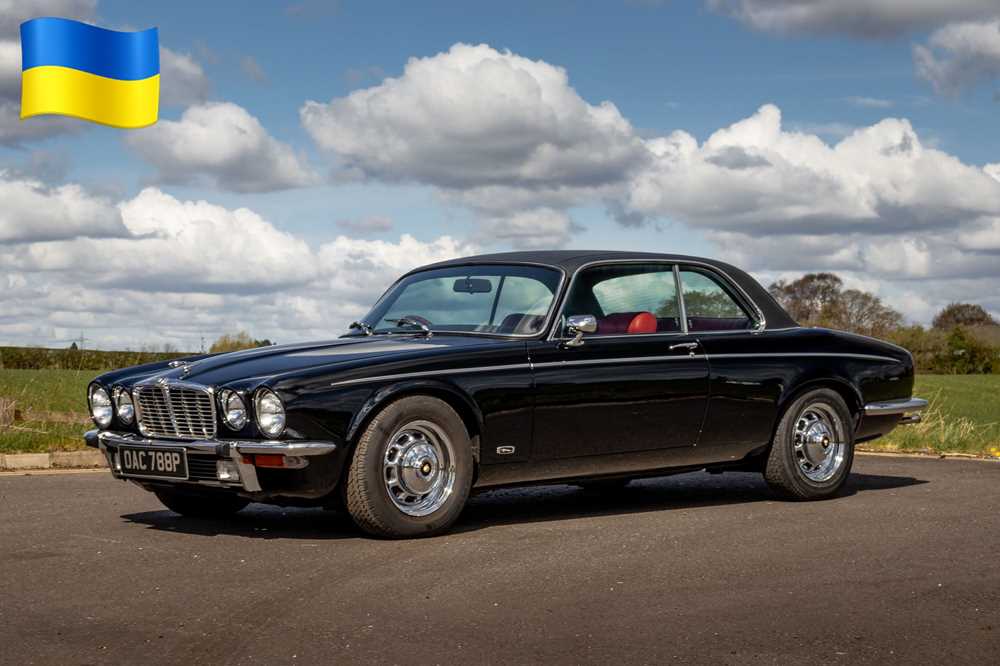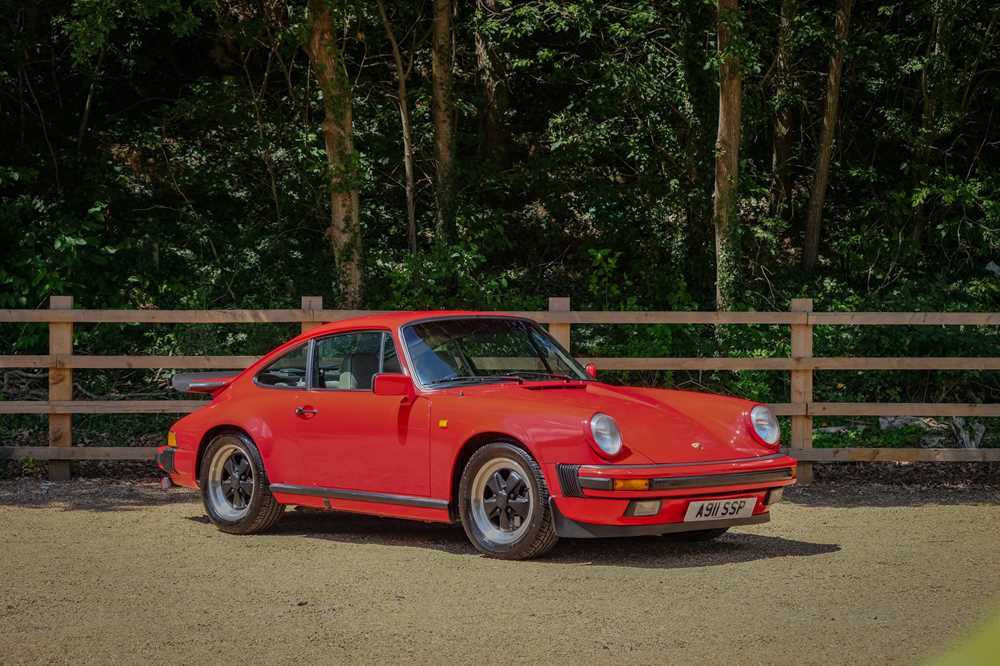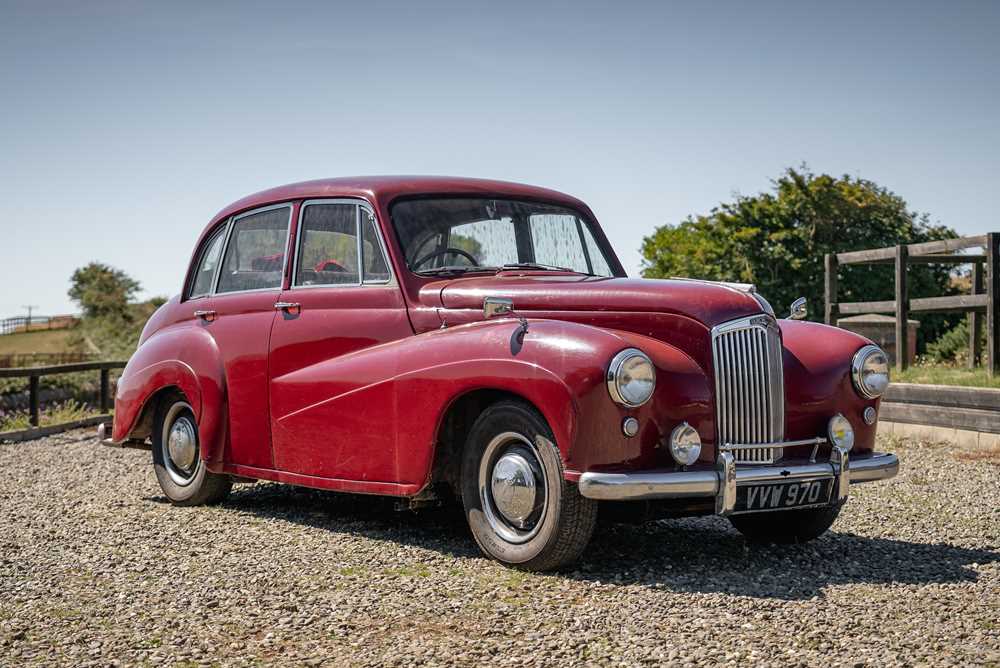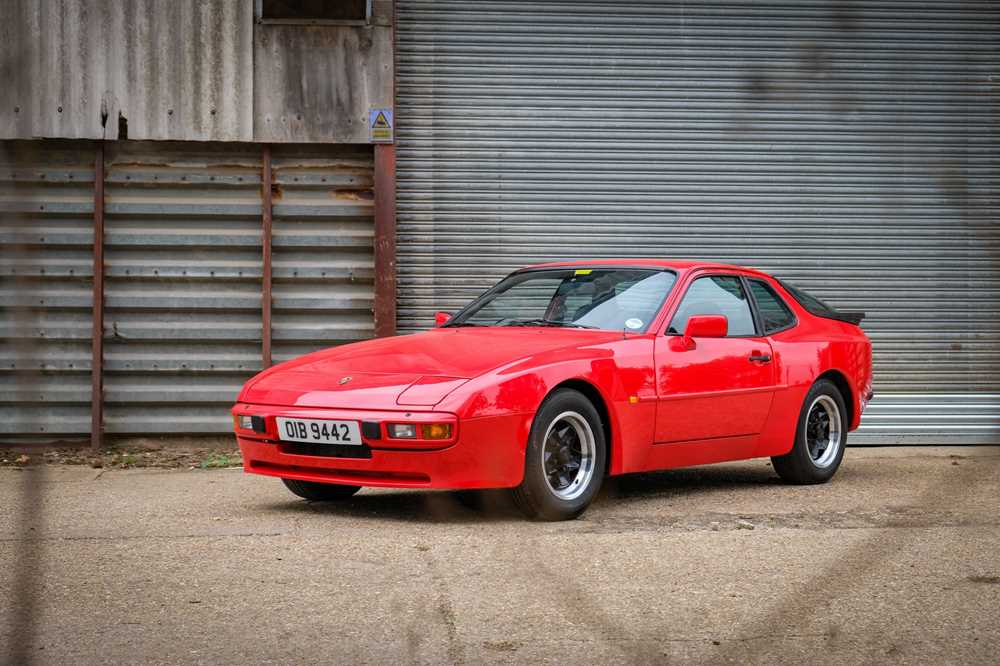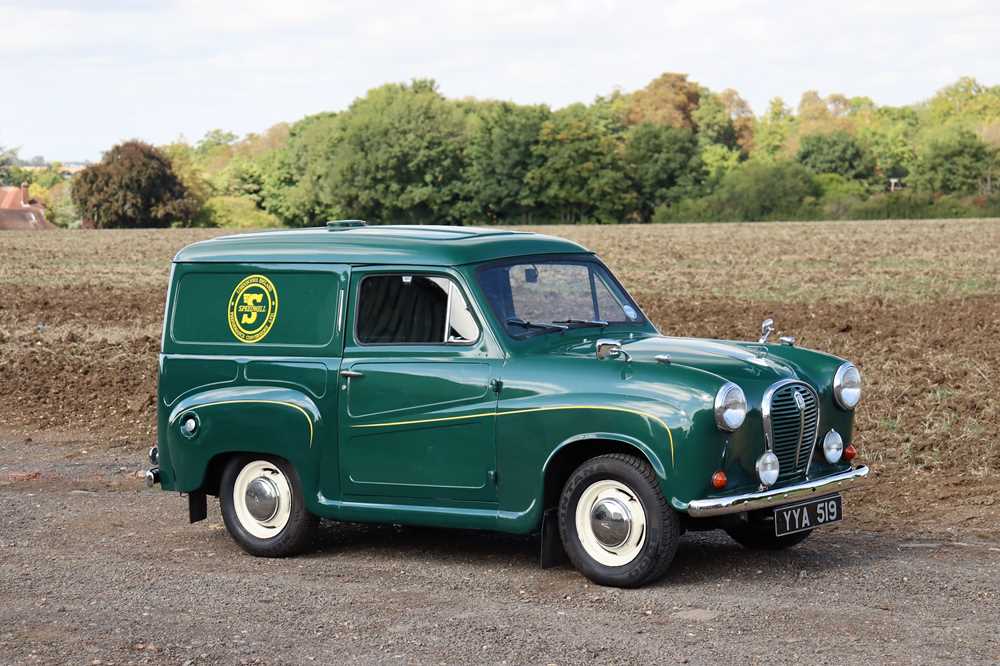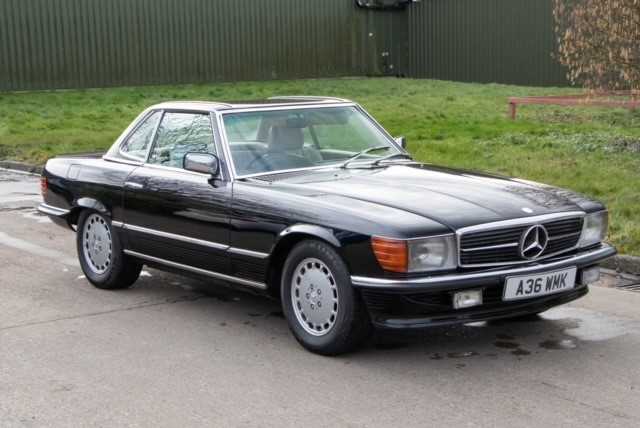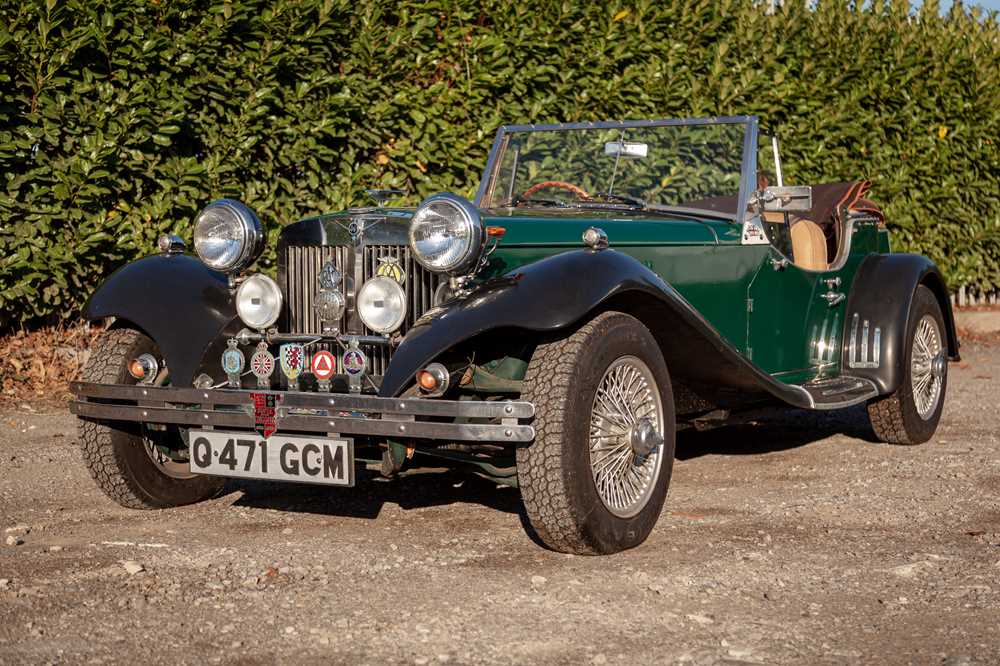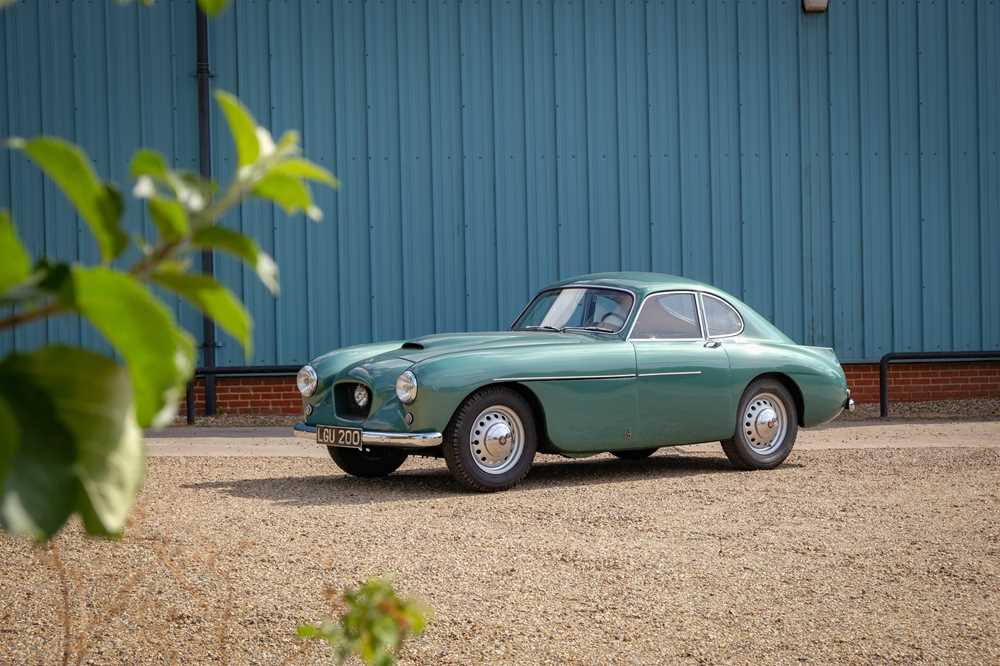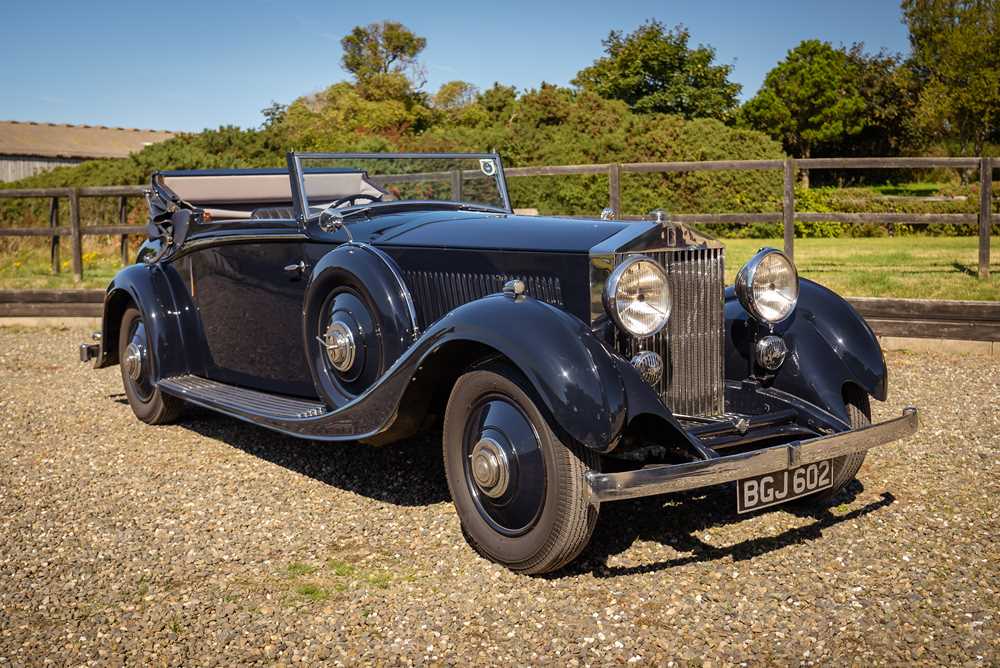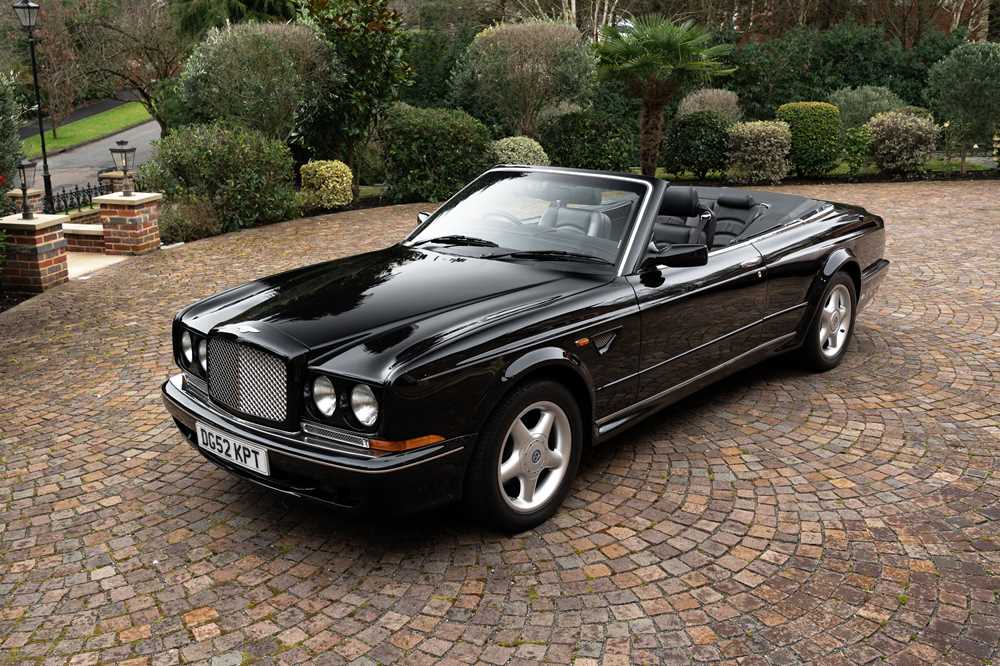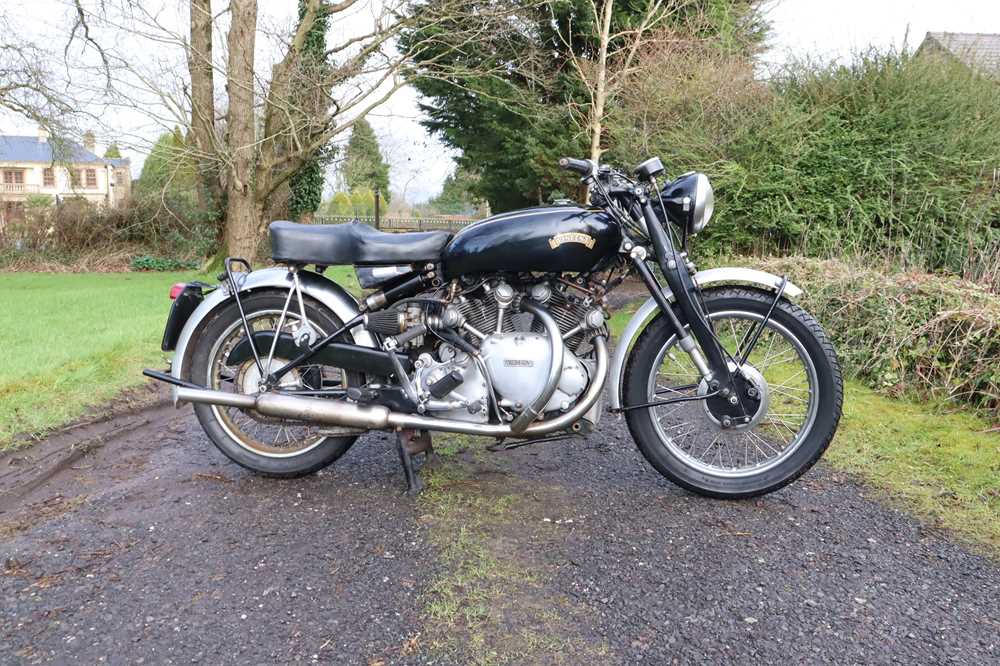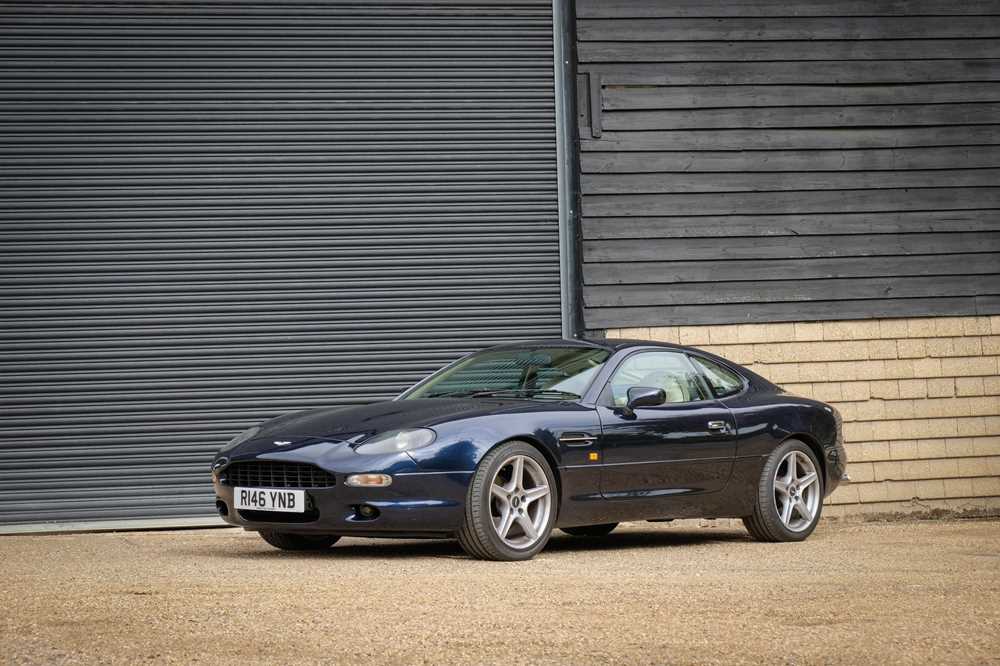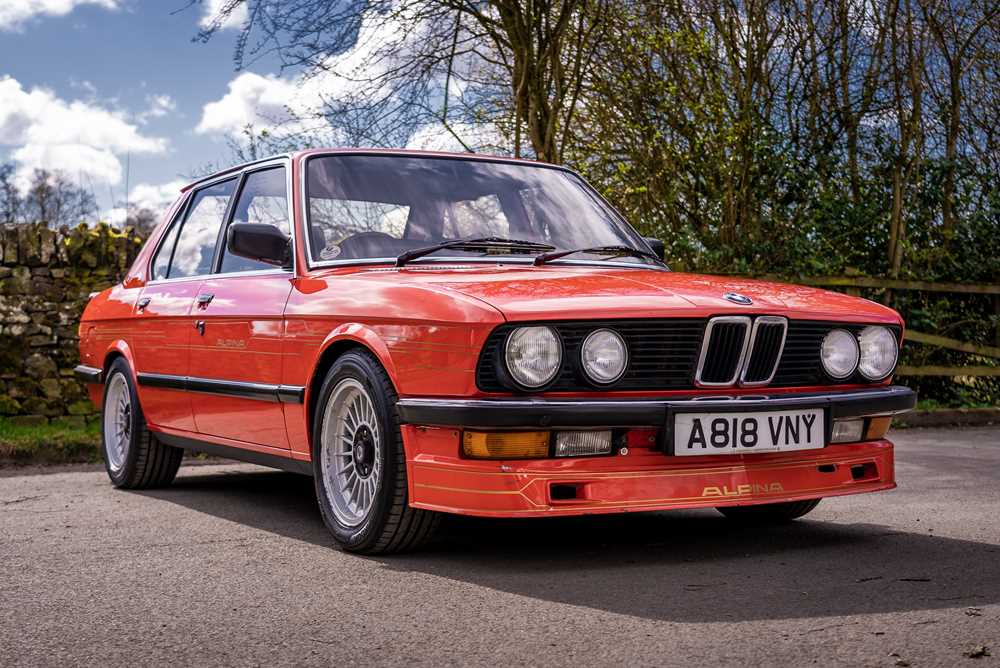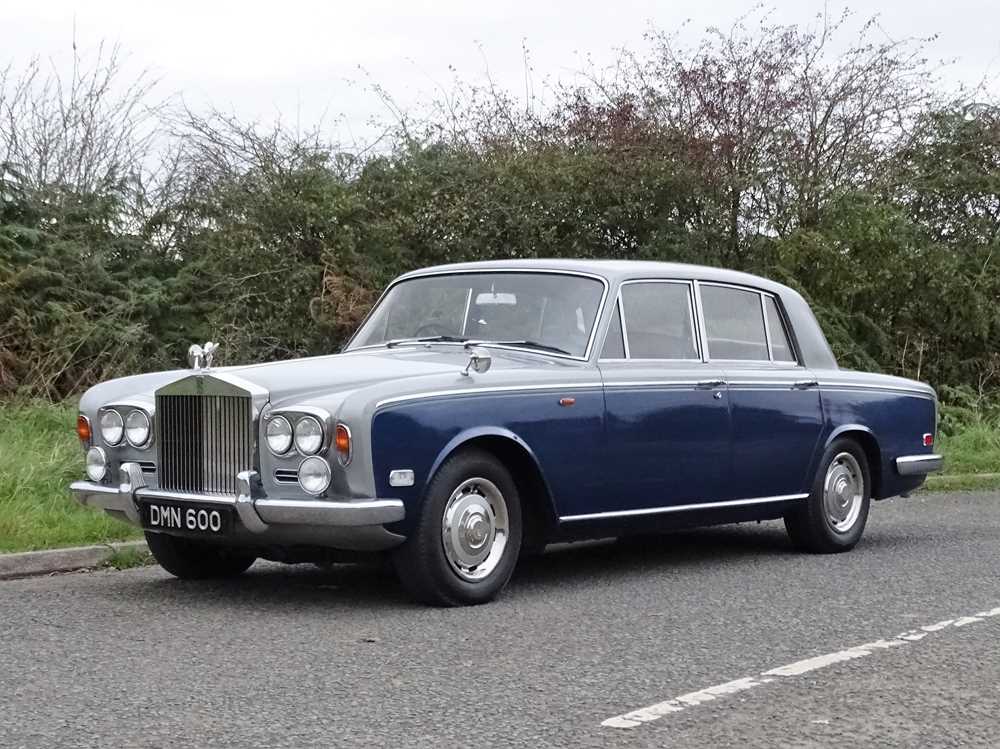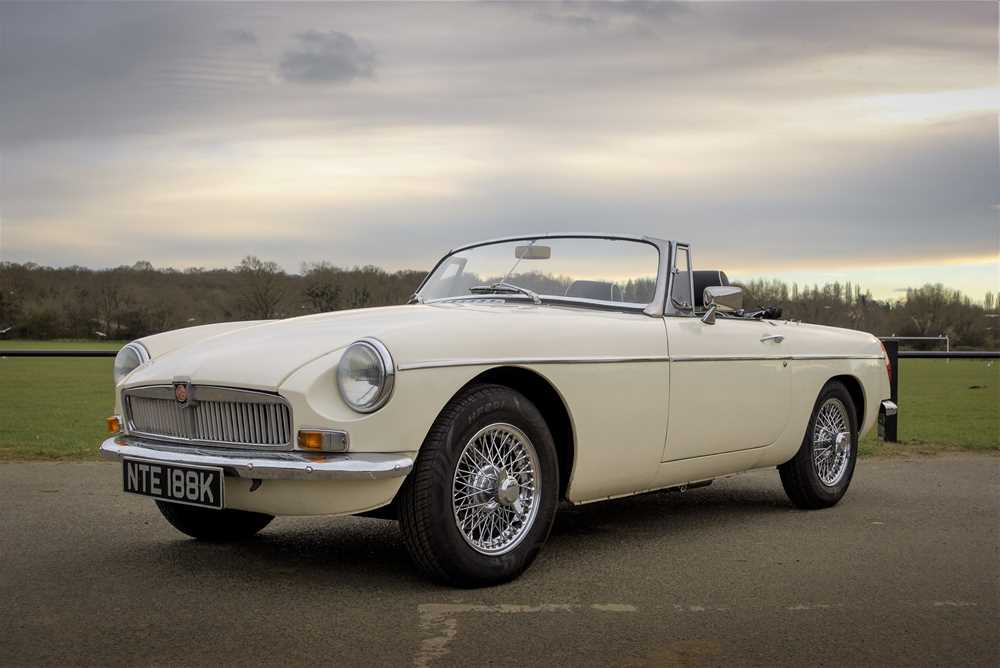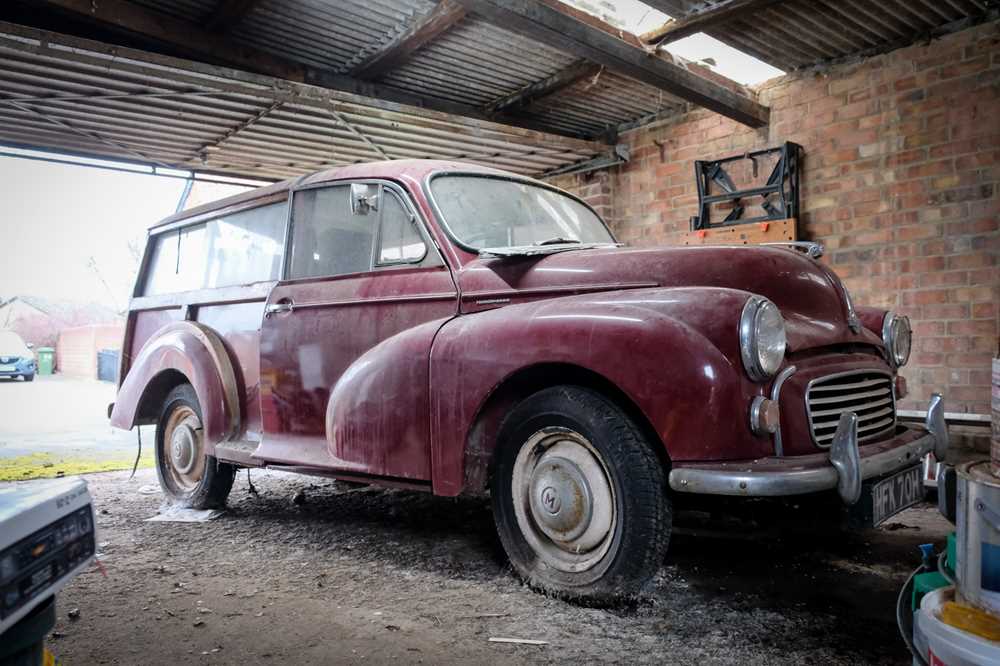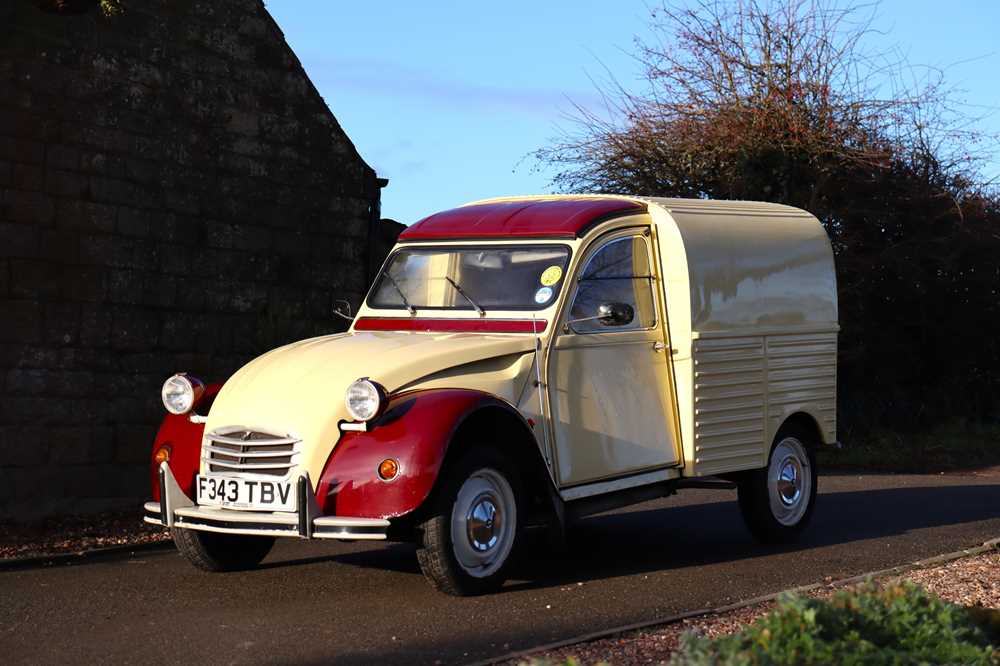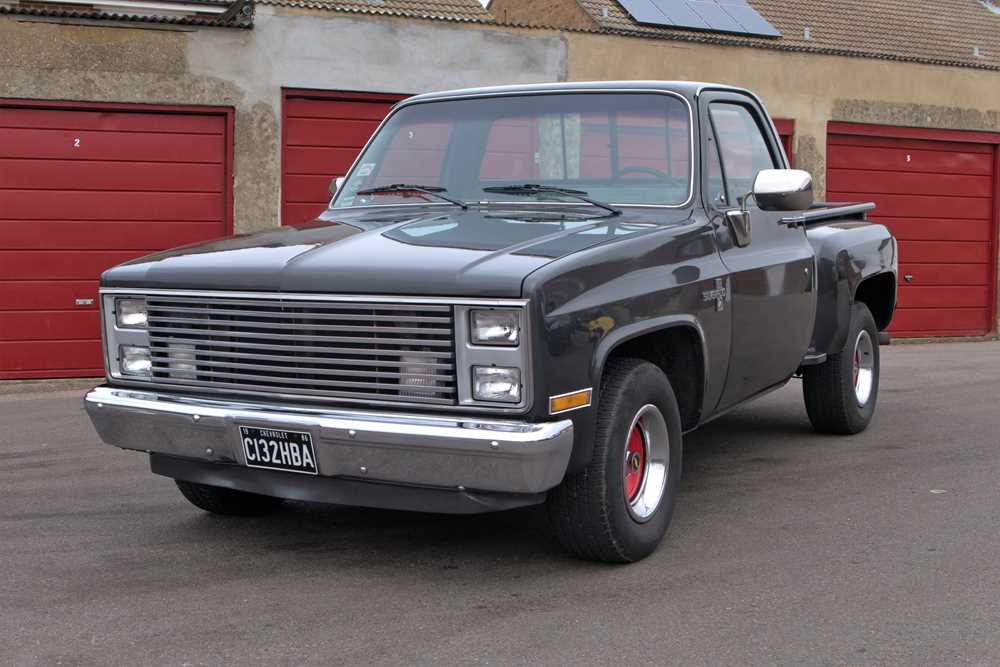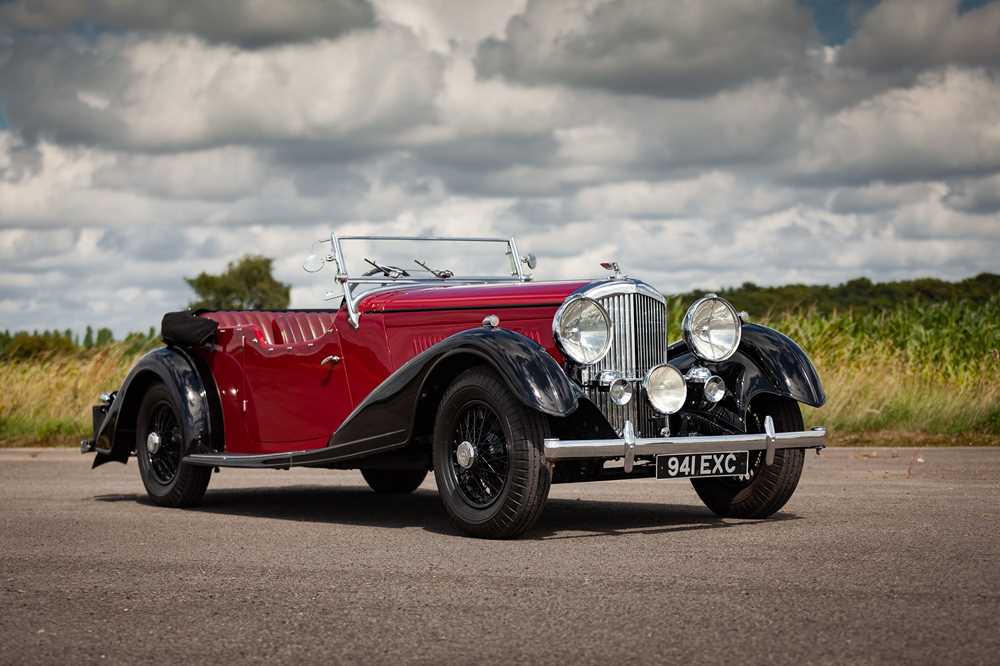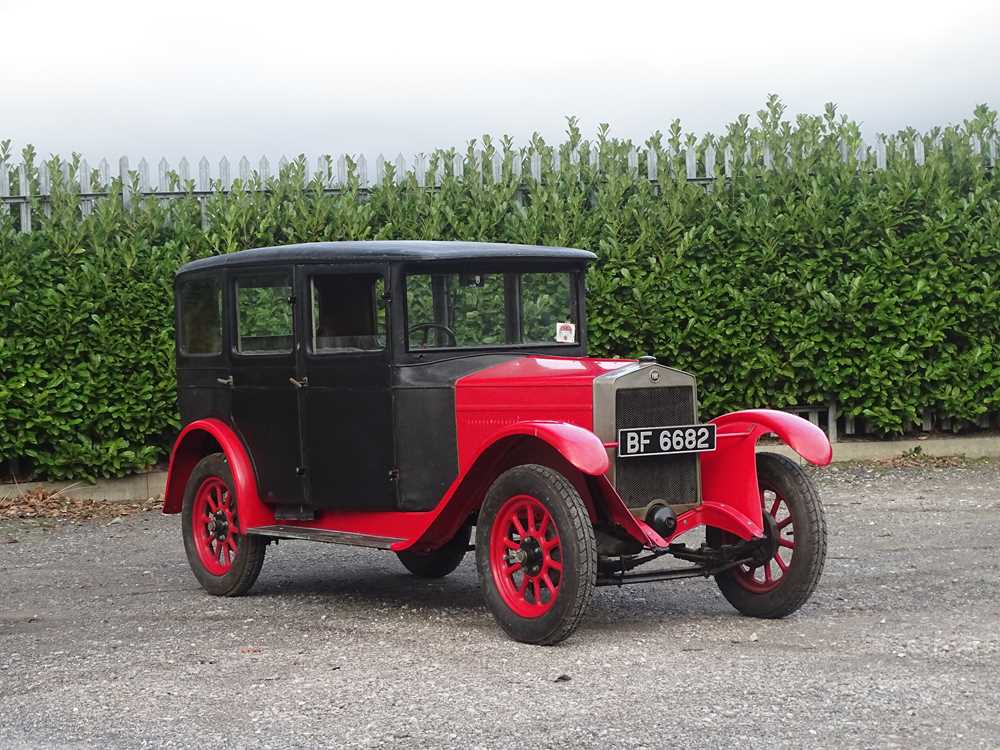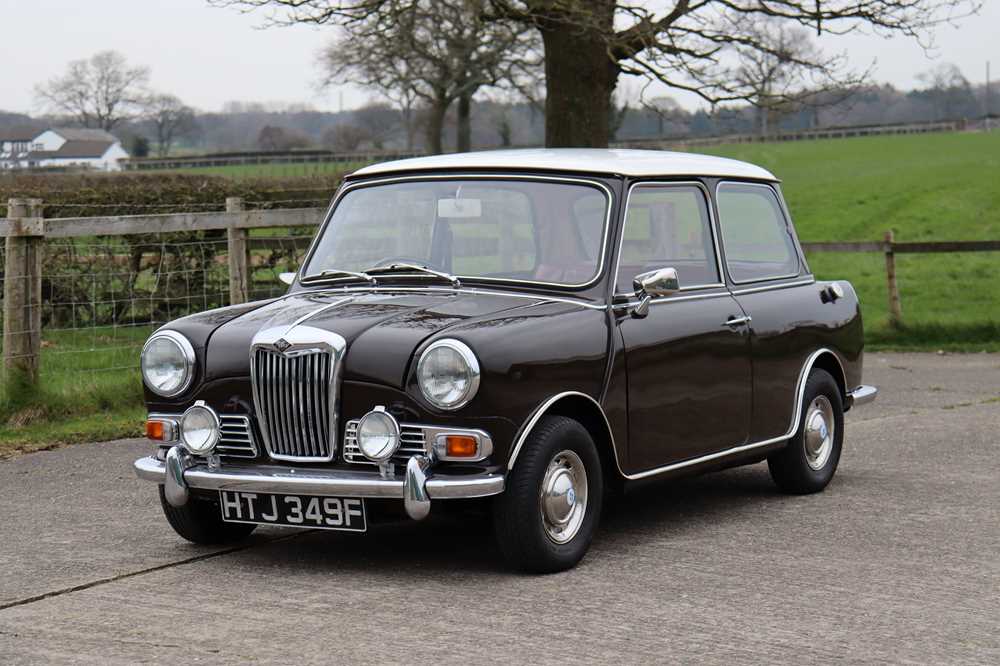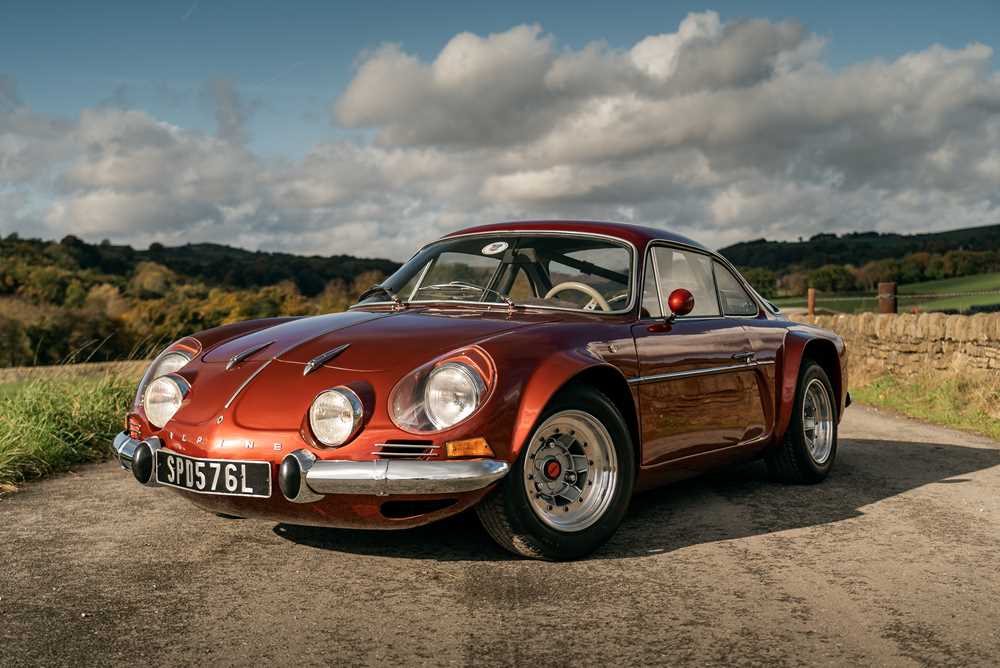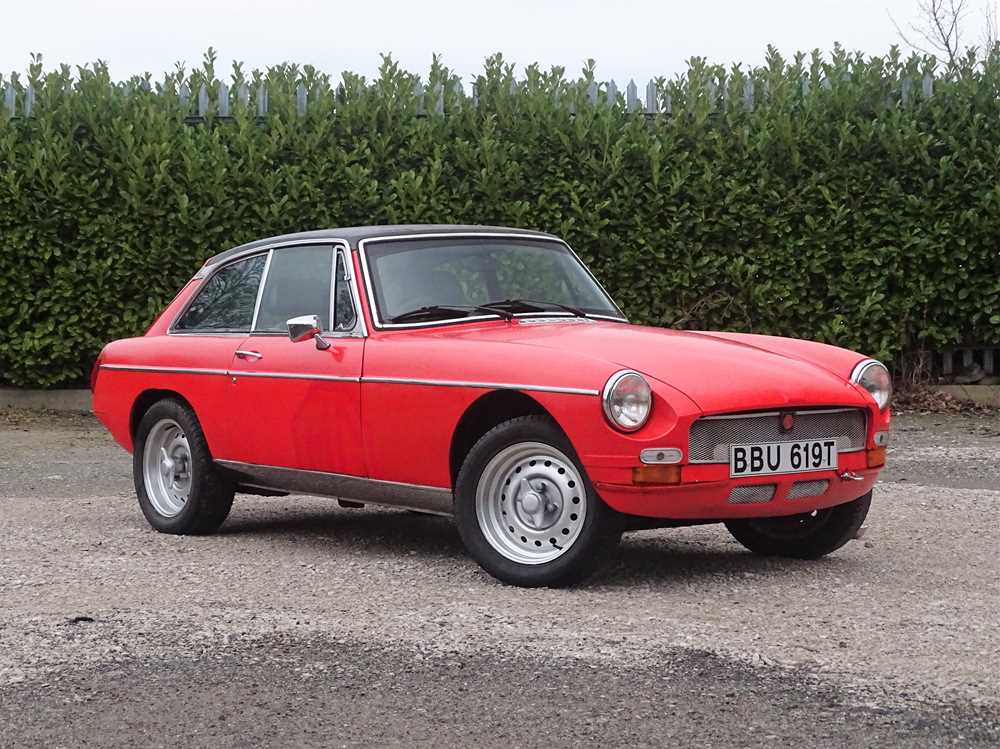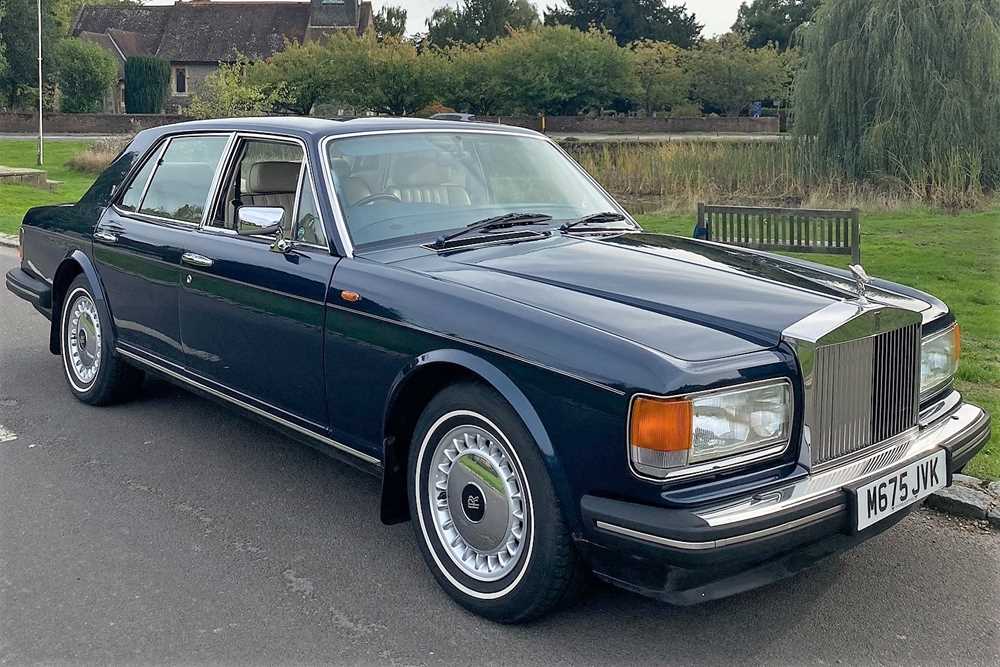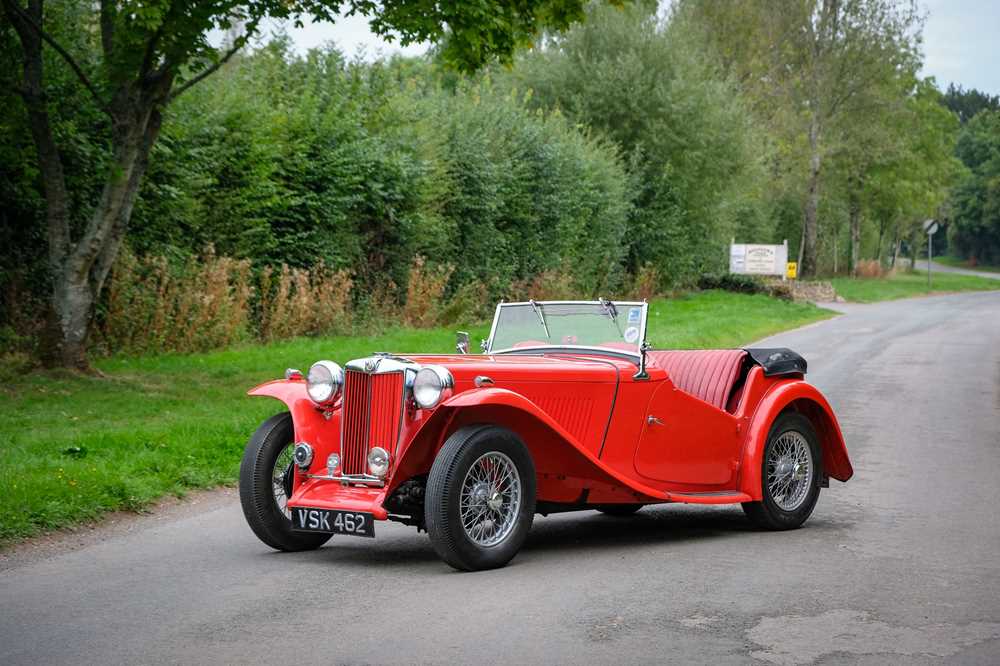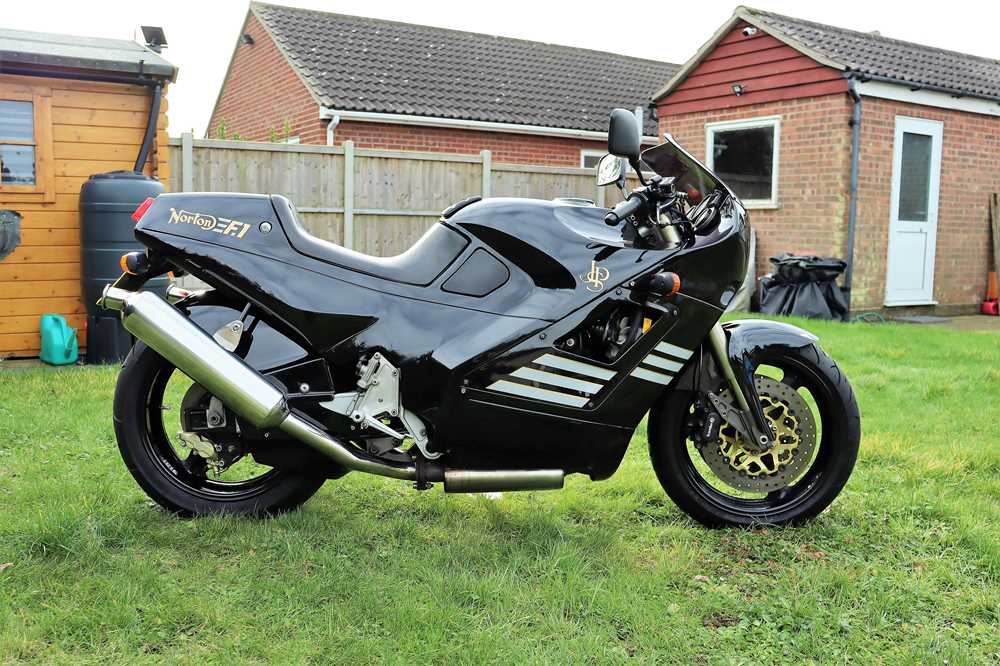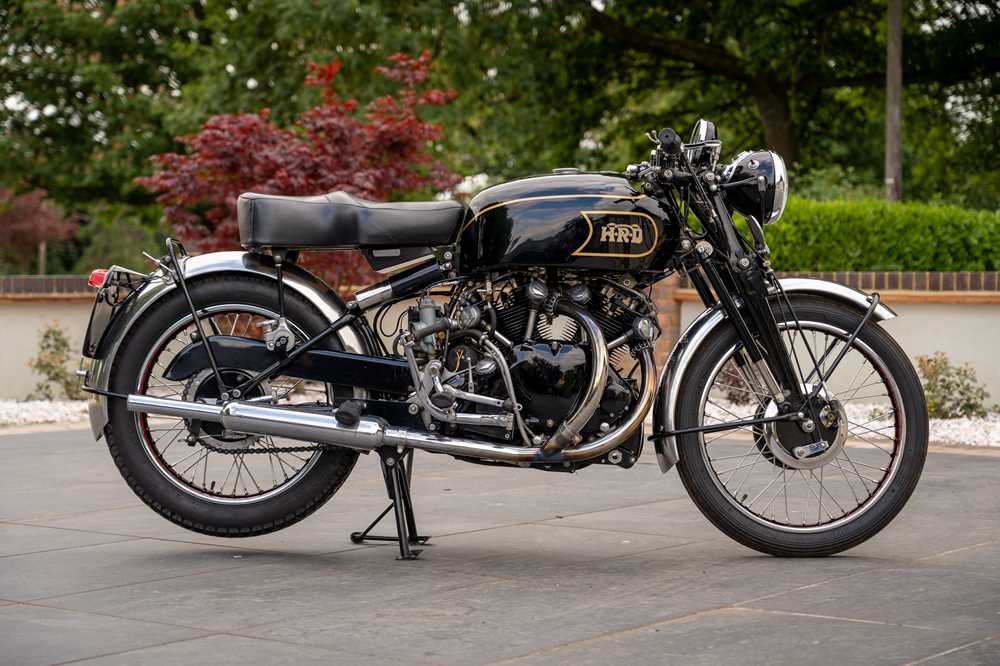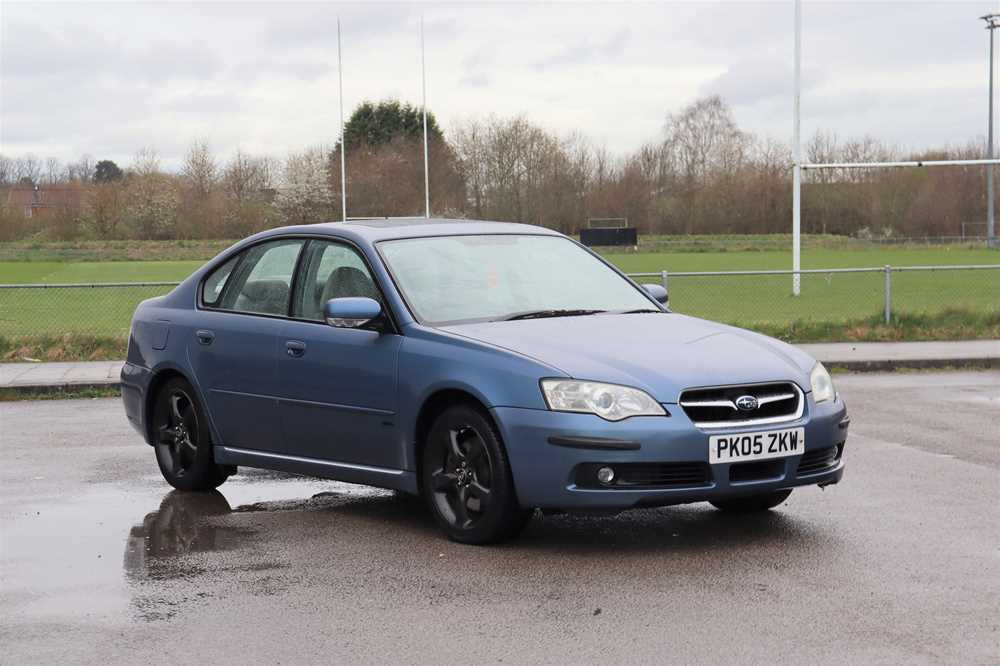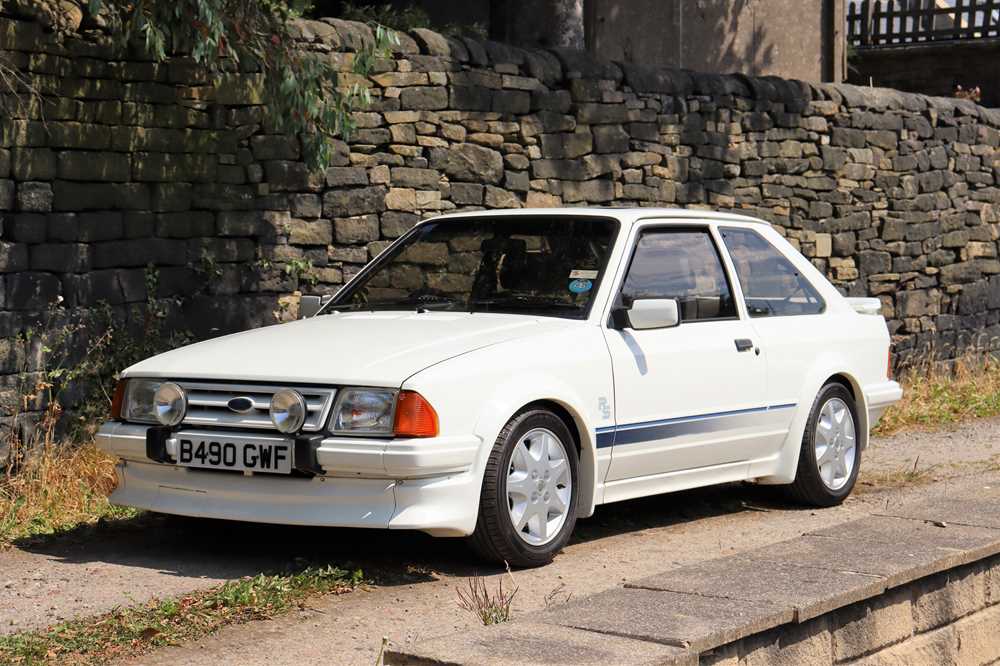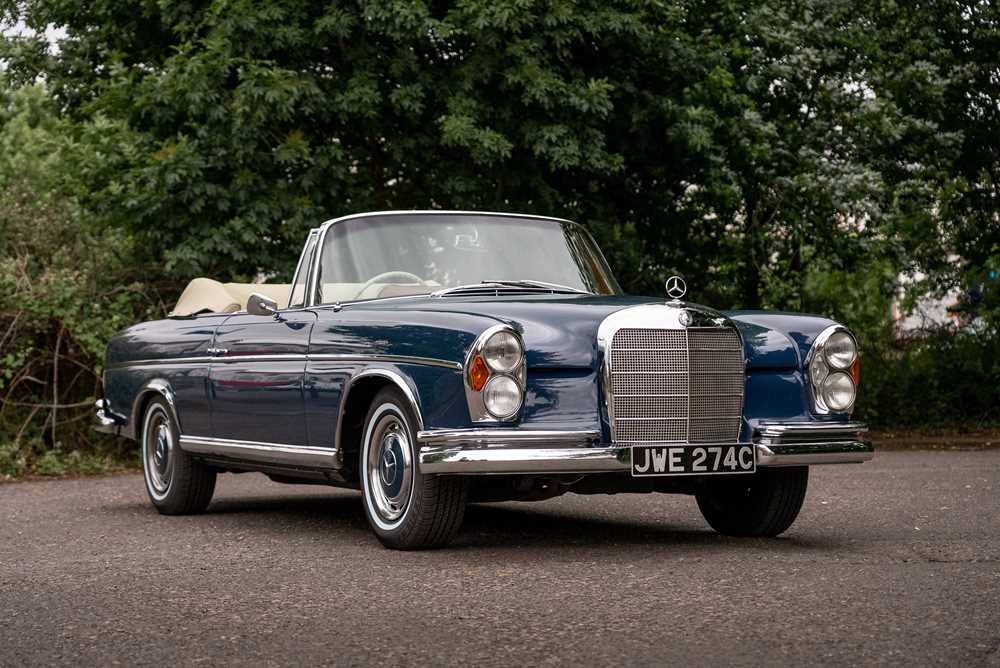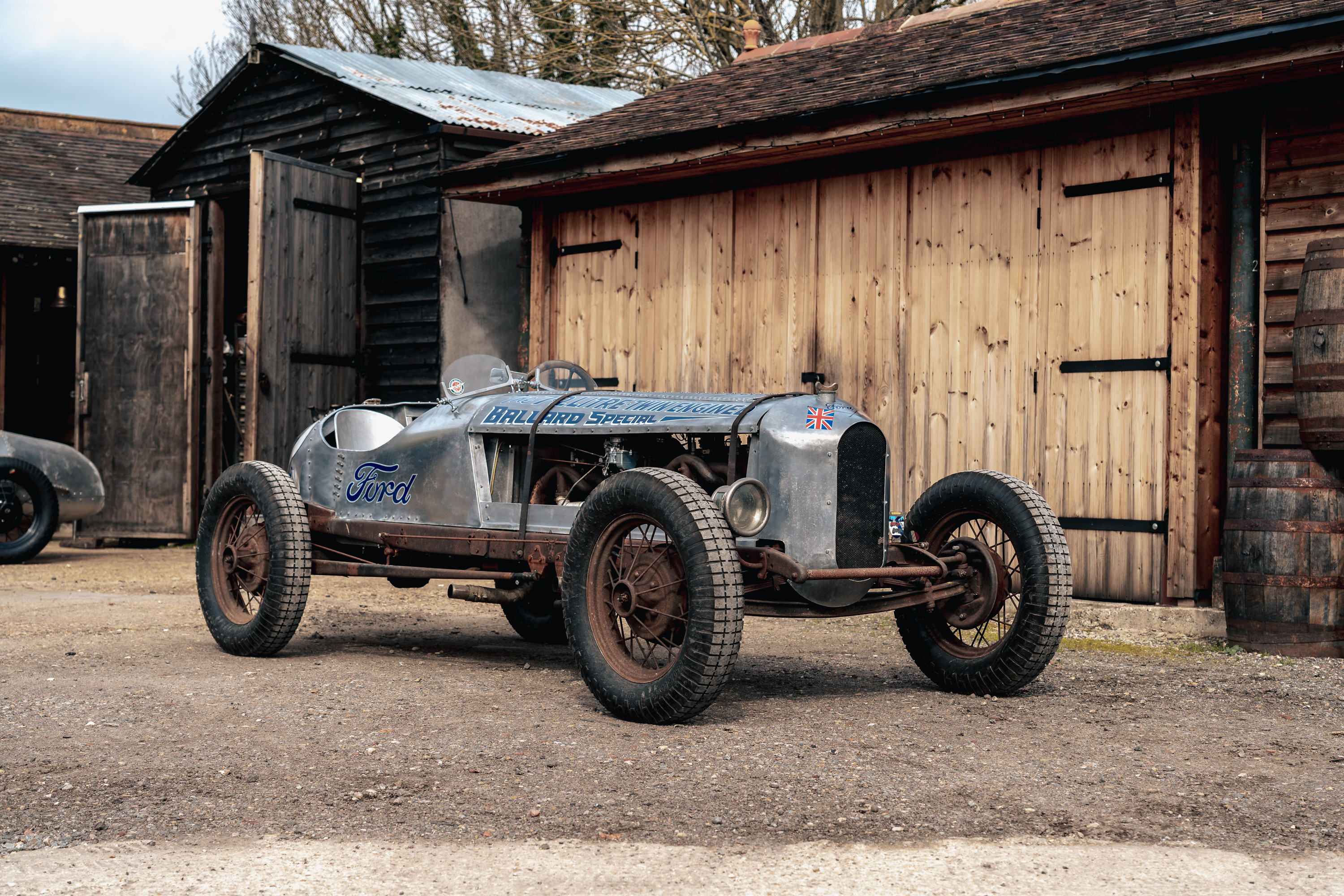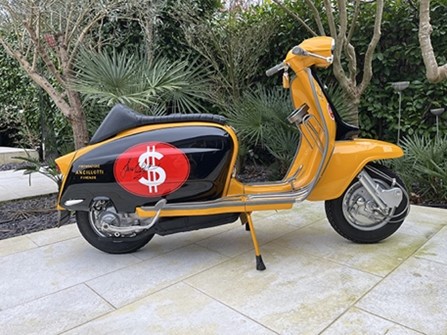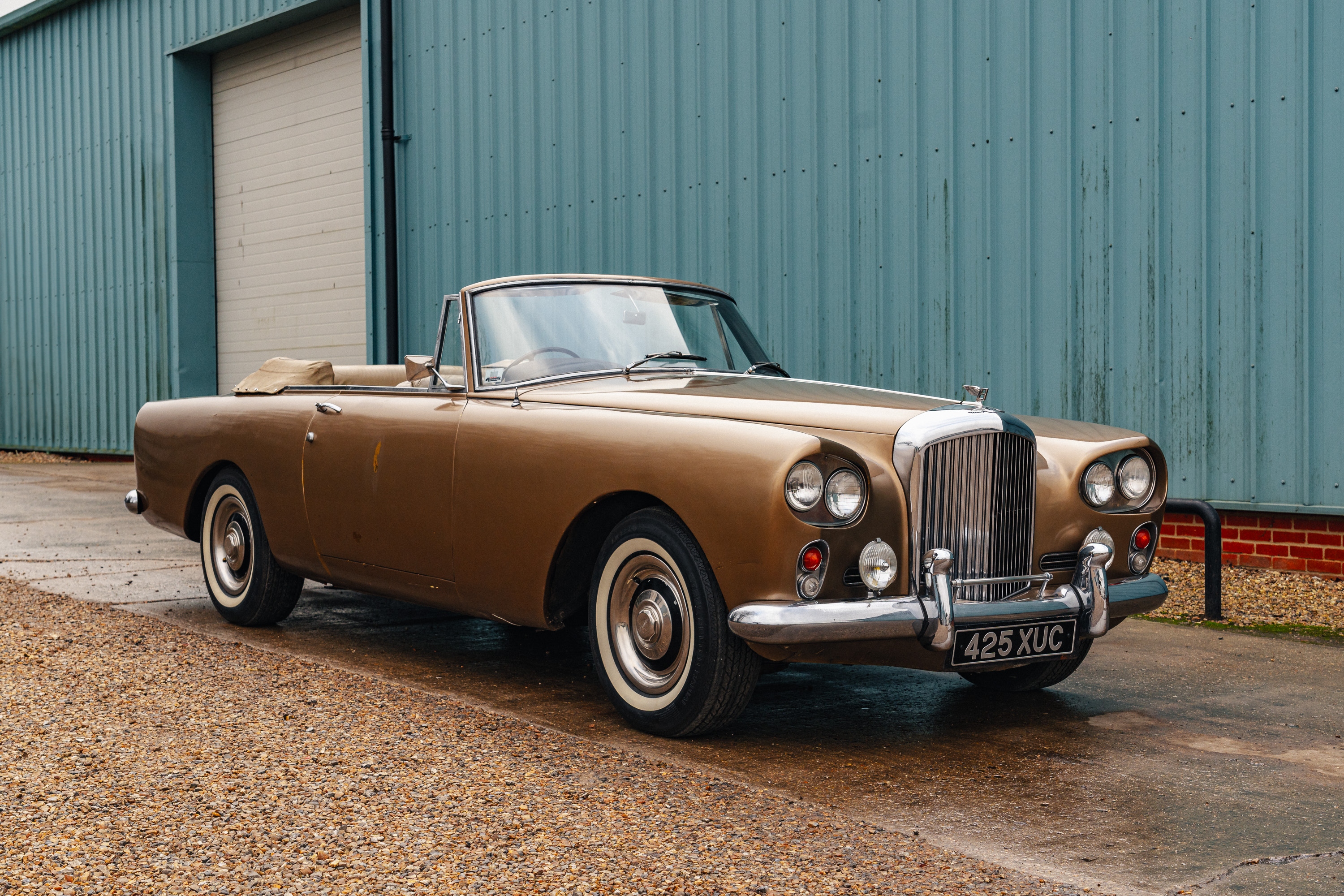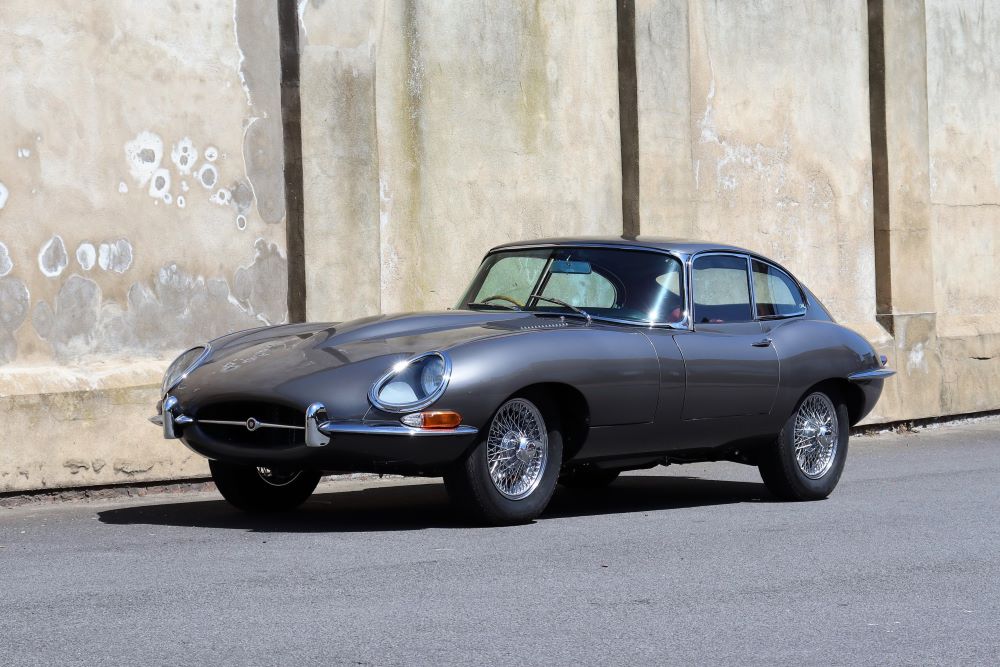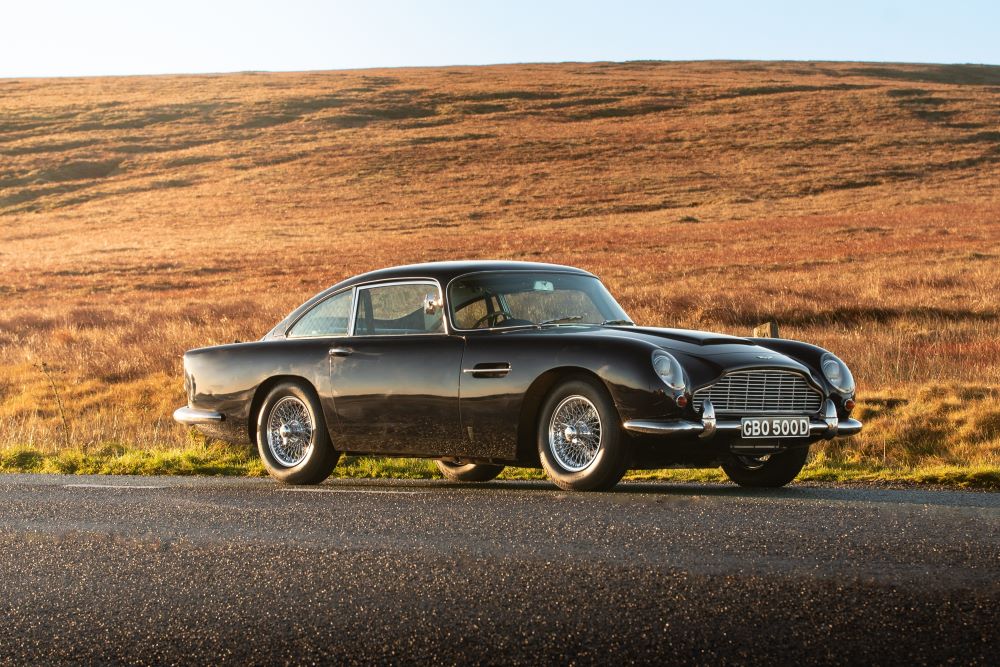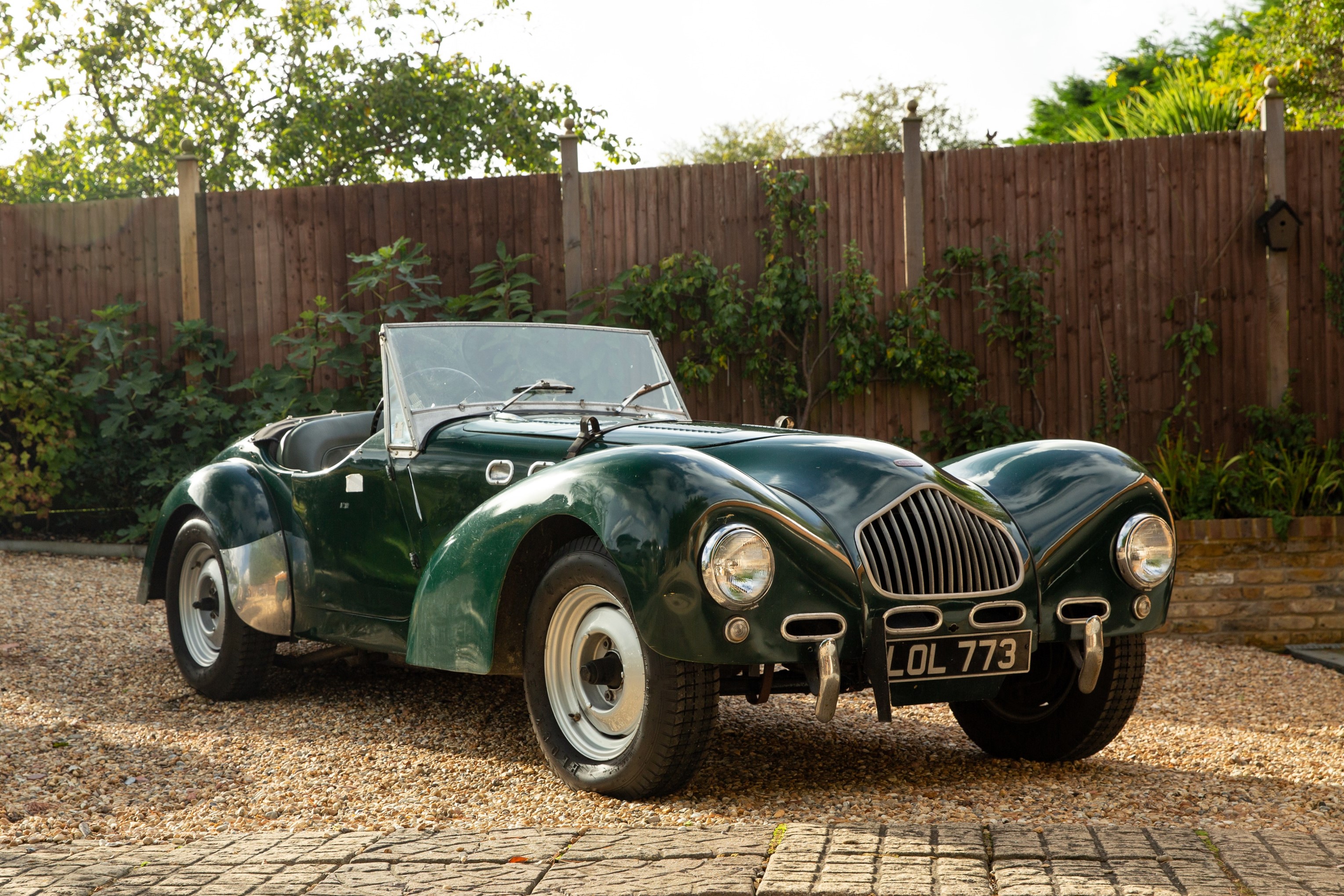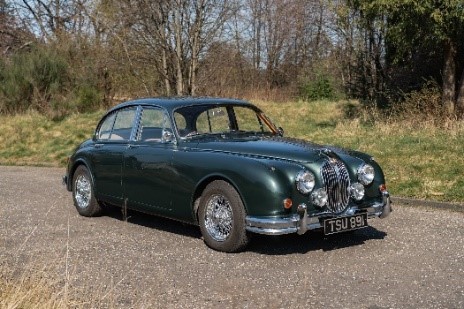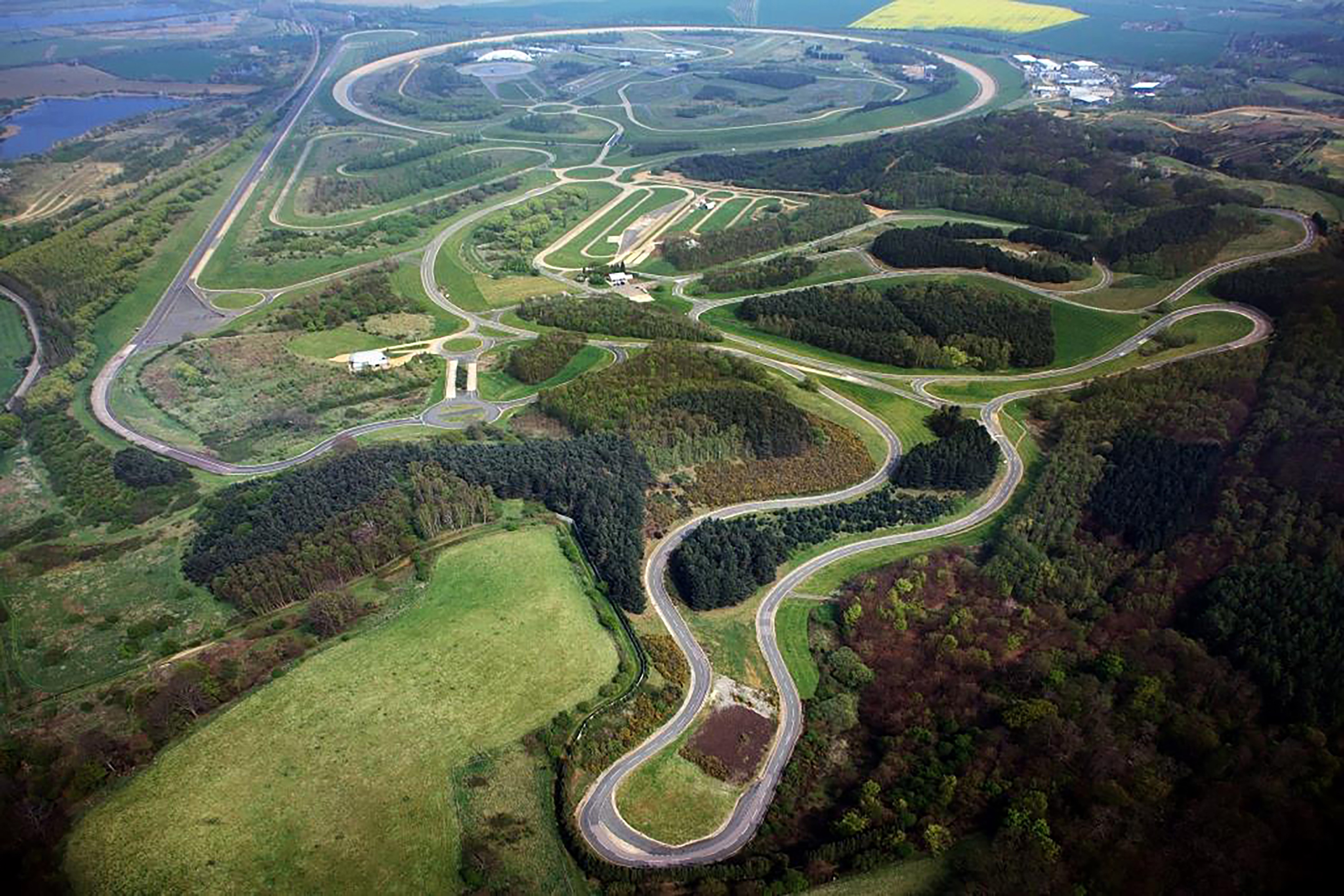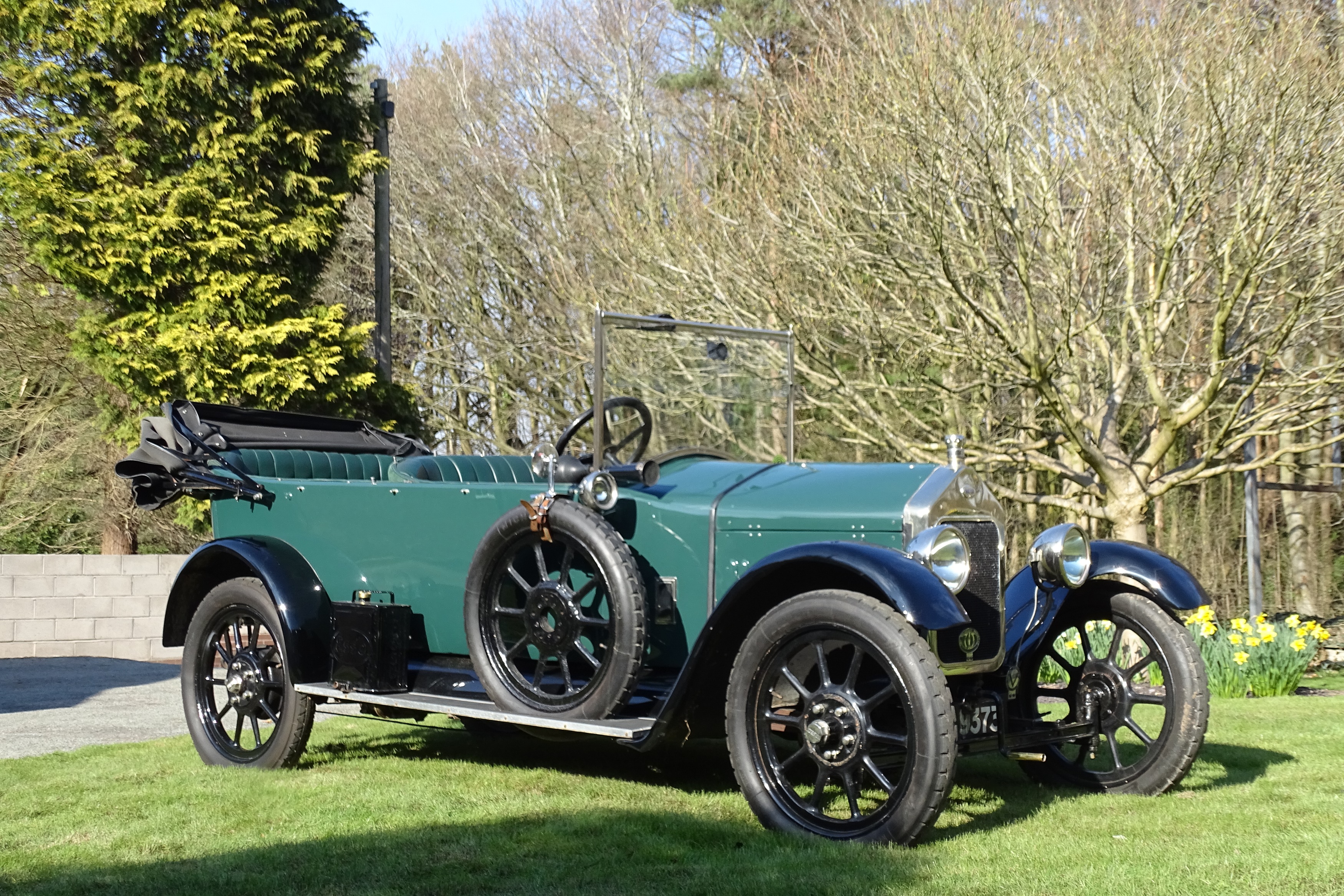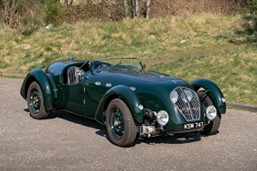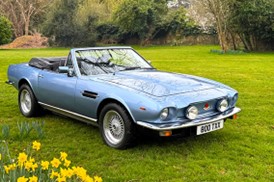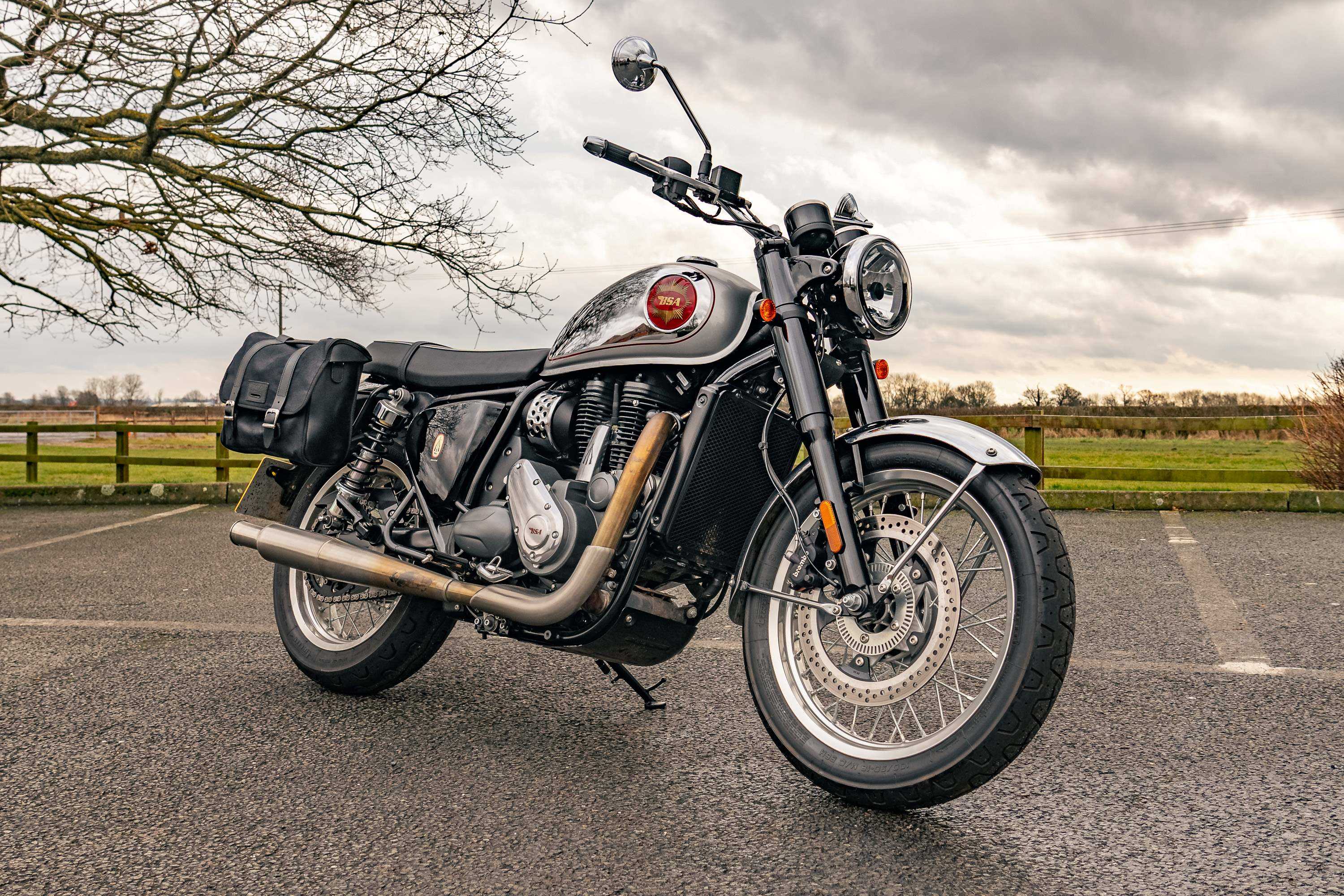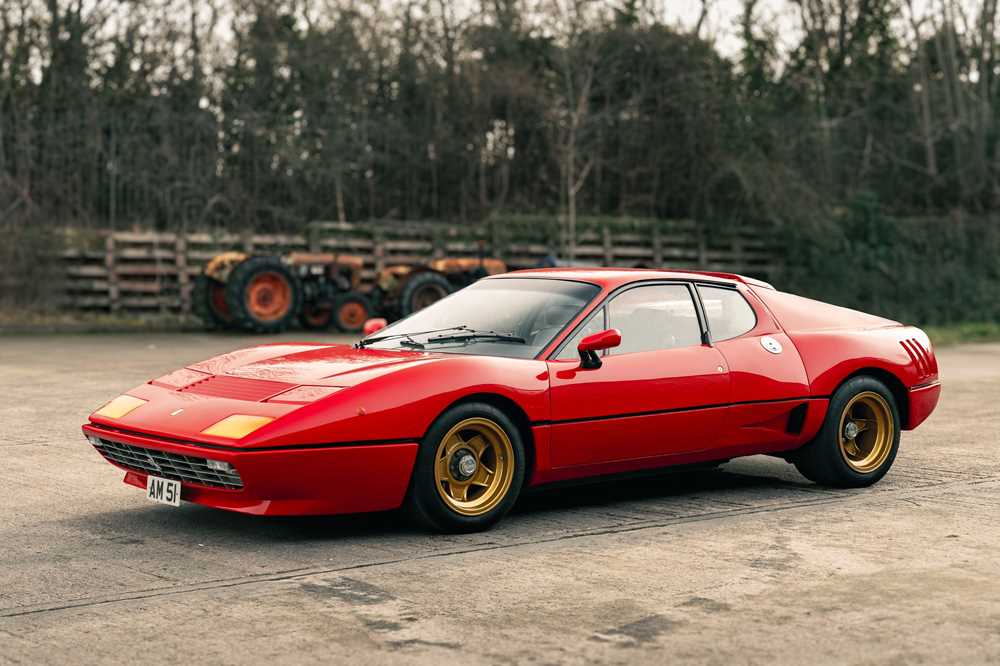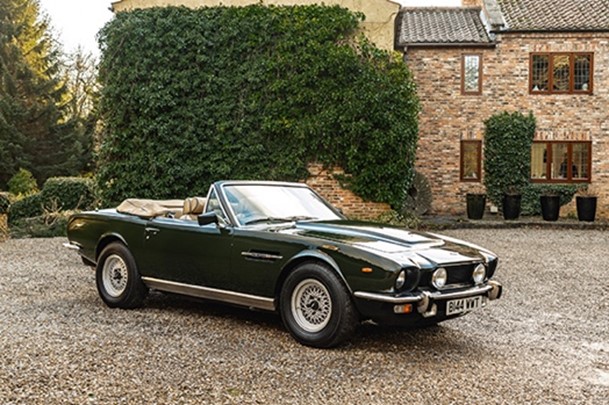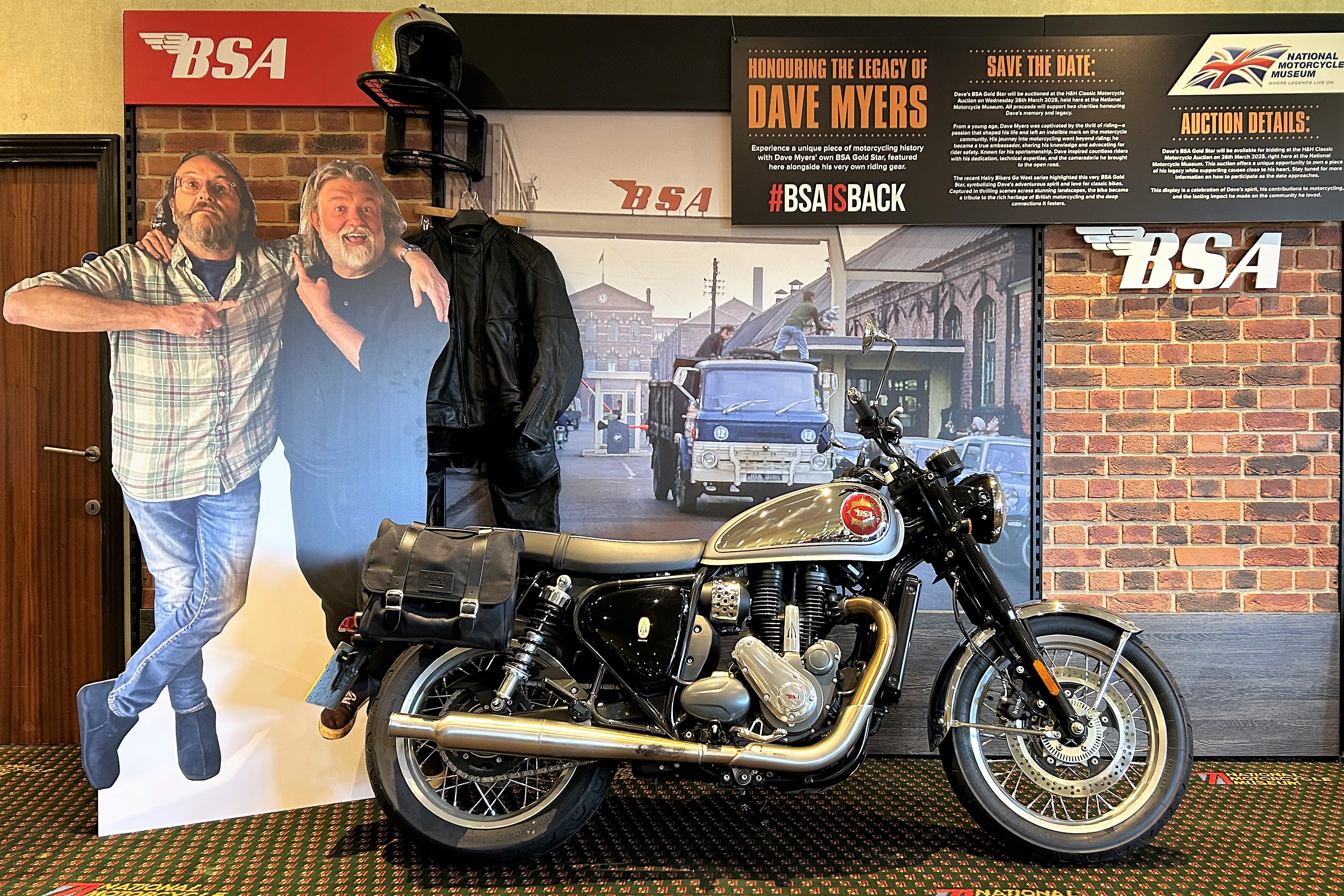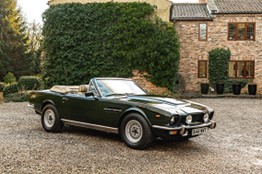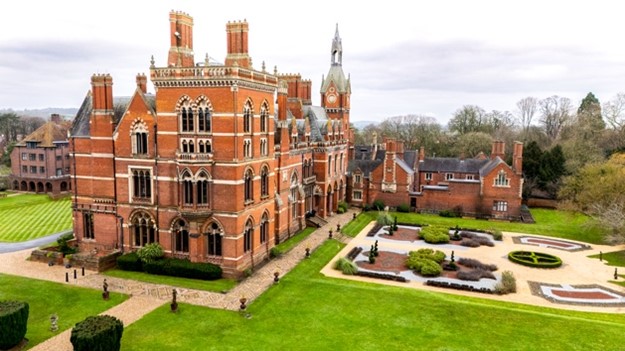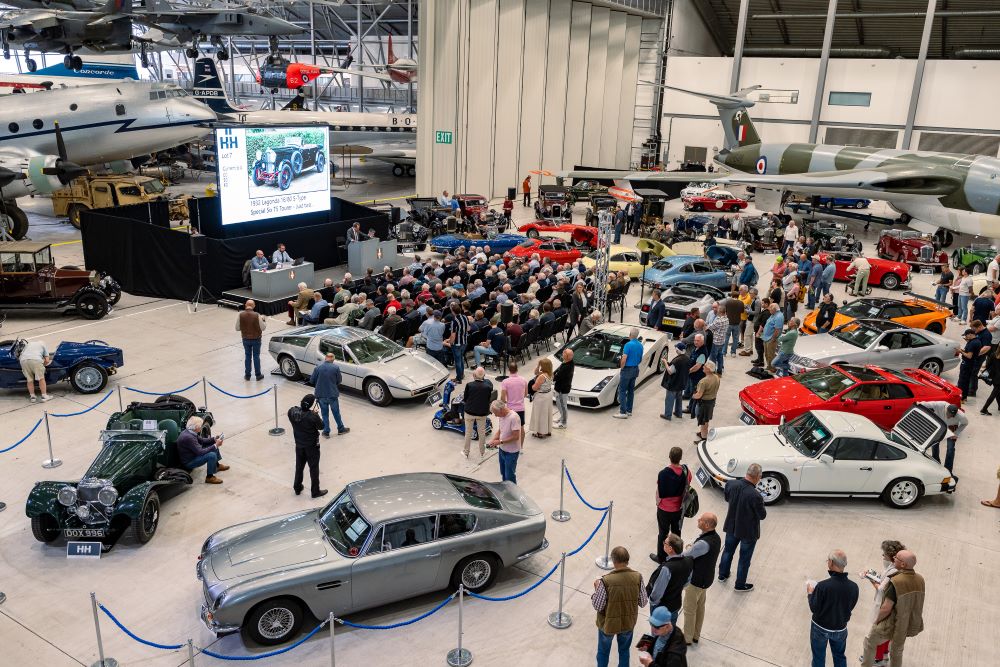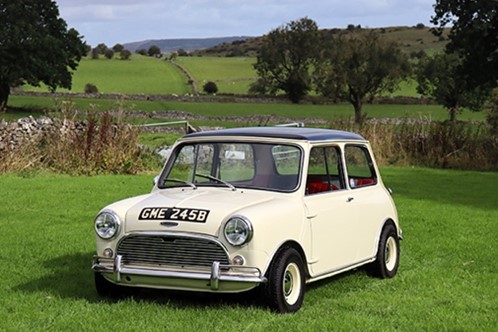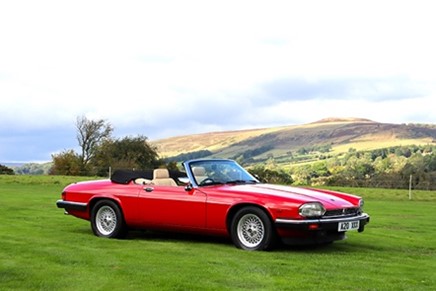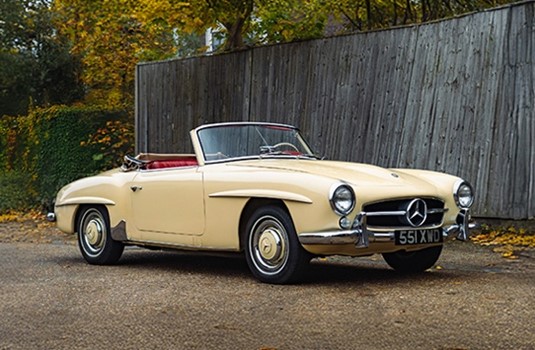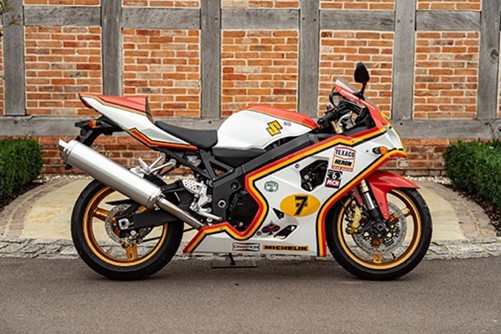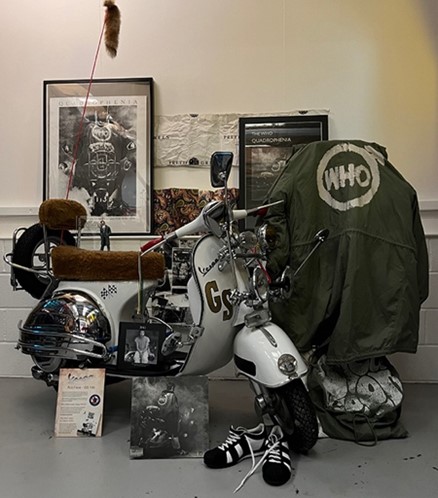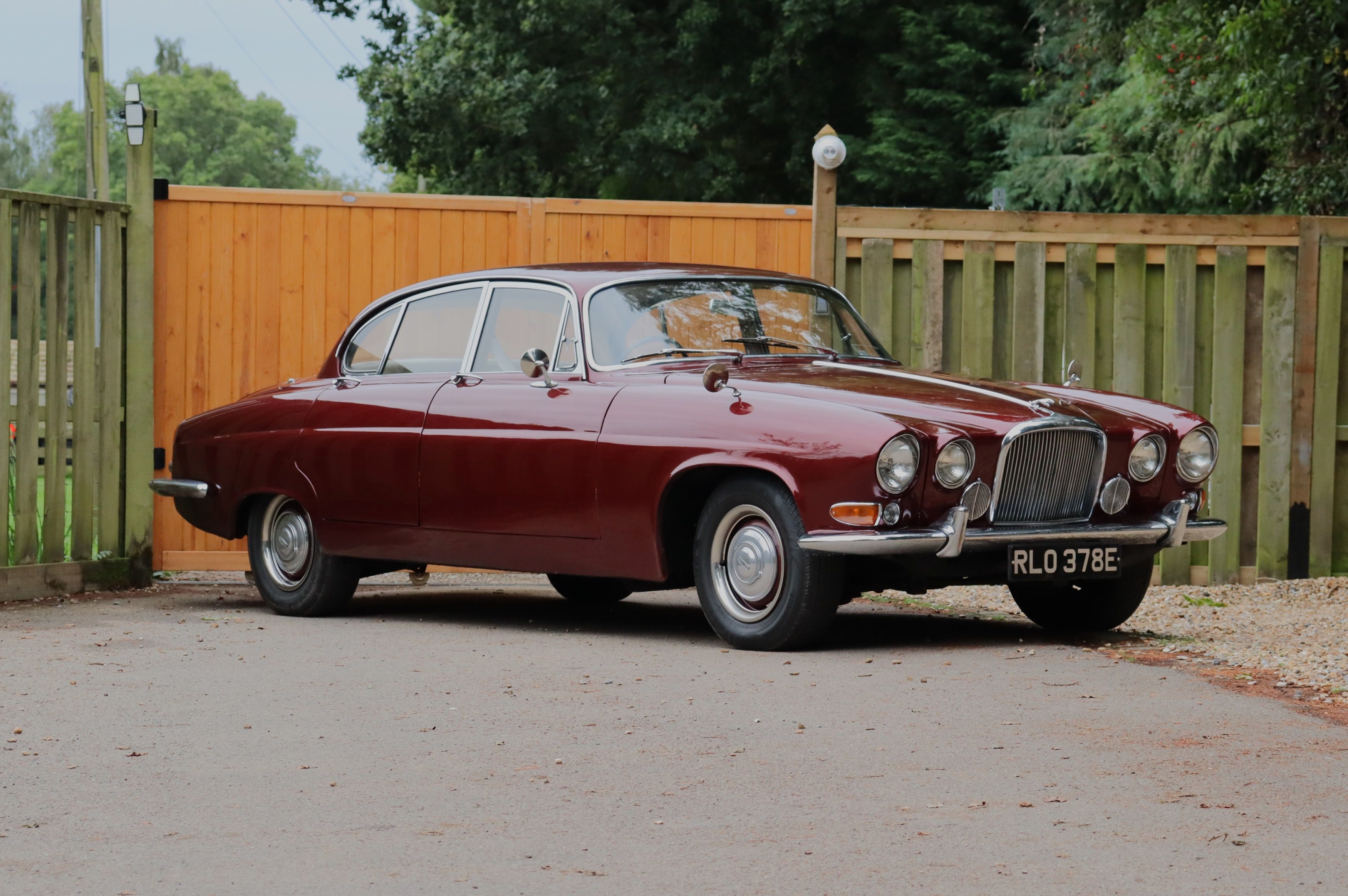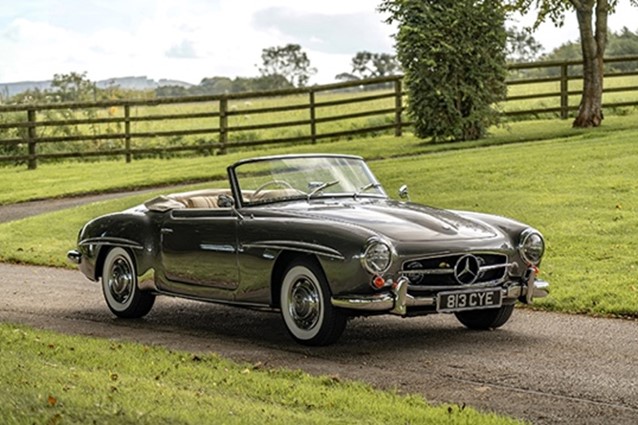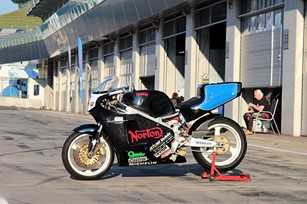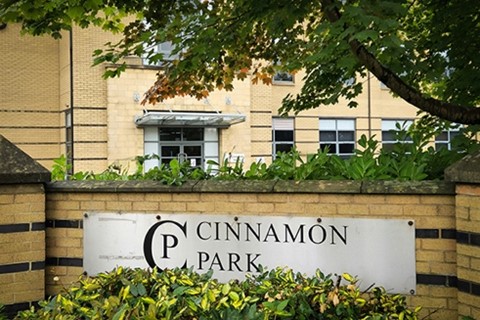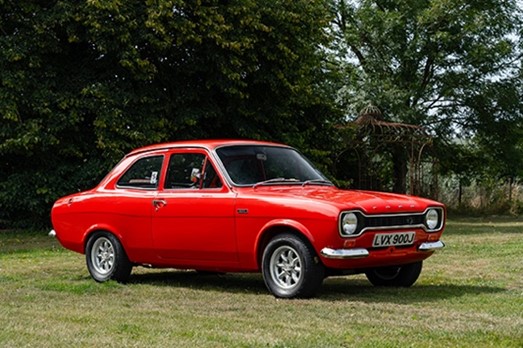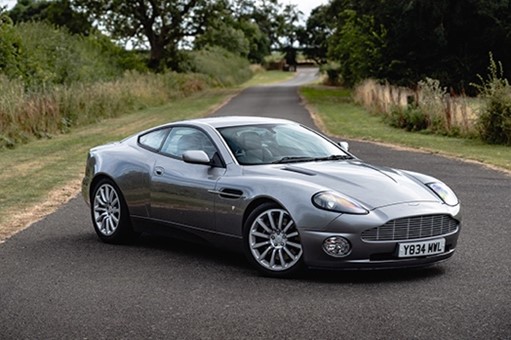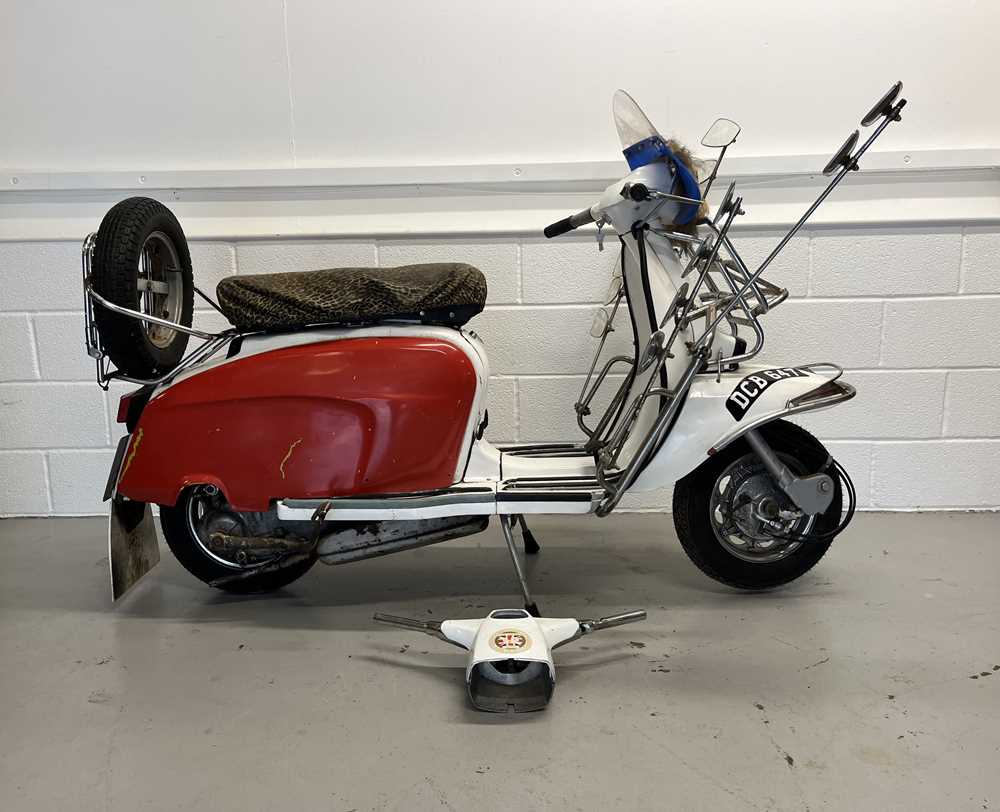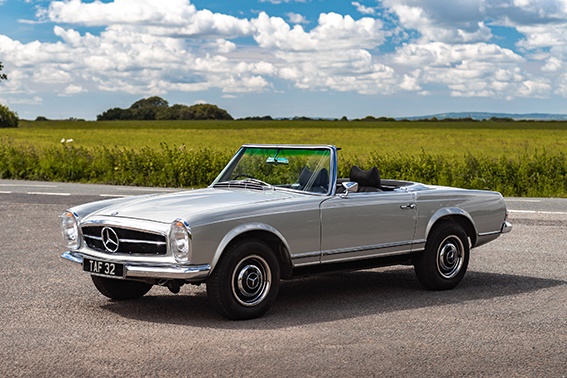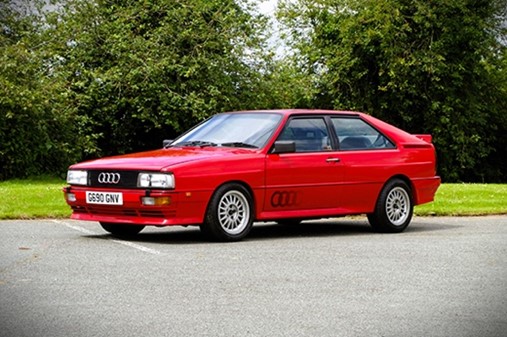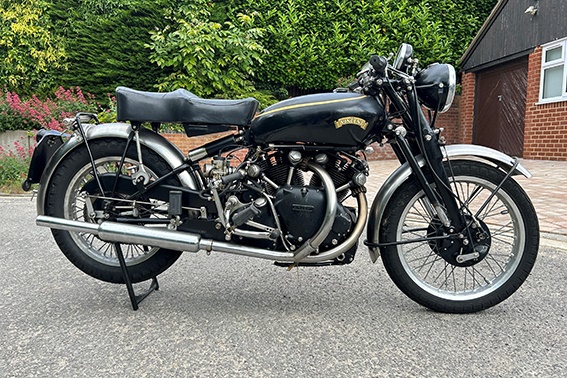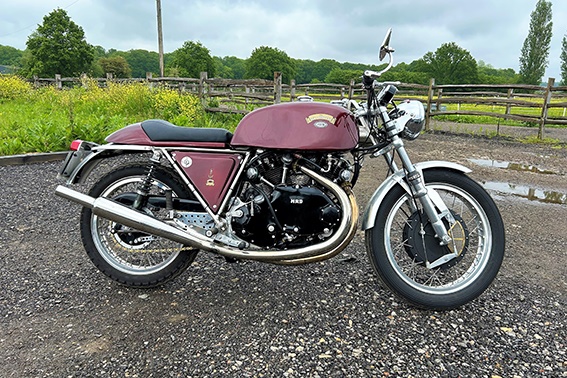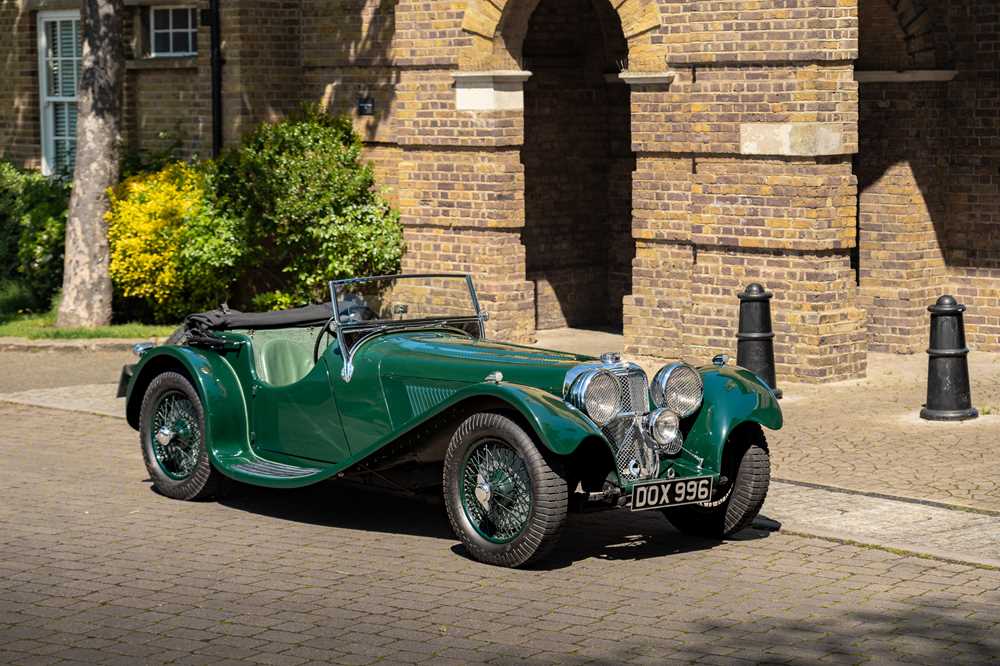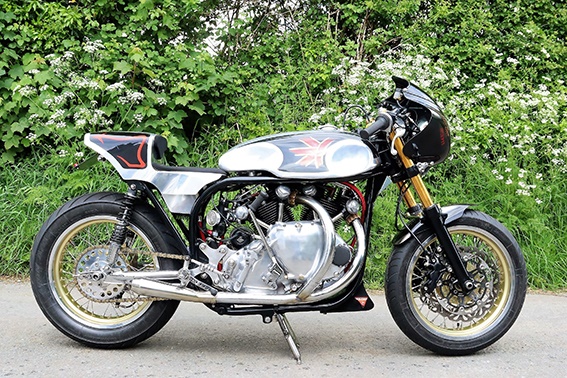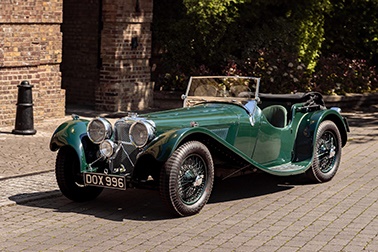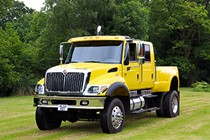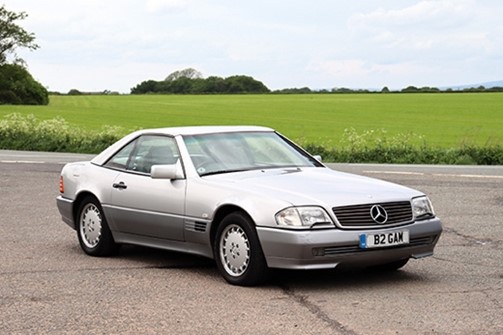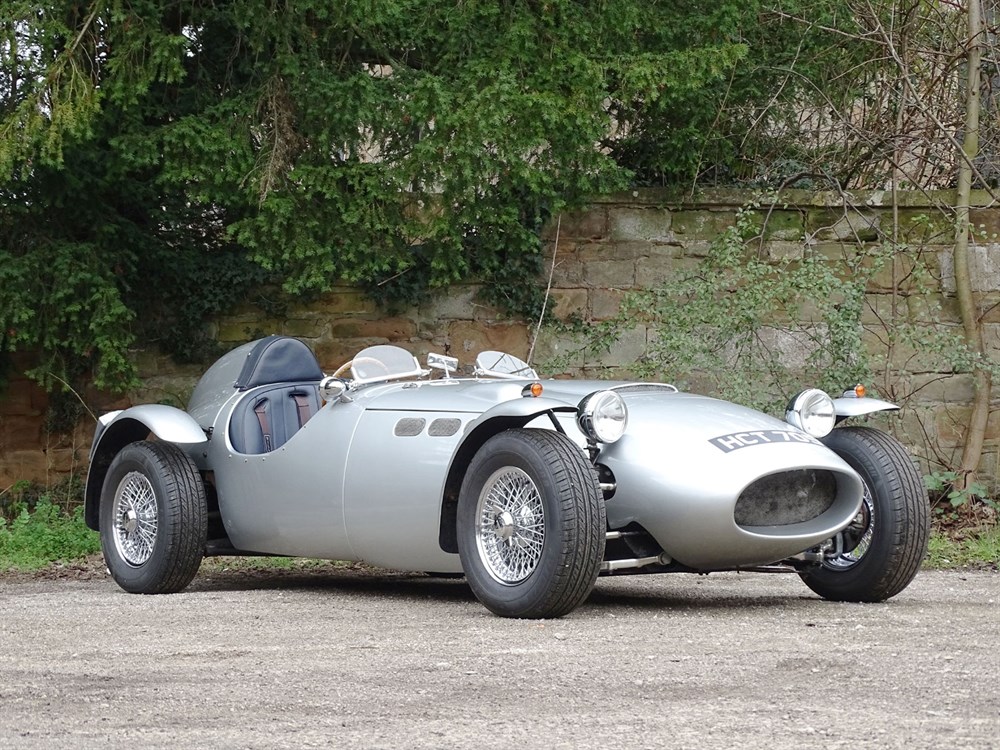
1977 Ronart W152
Sold for £33,750
(including buyers premium)
Registration No: HCT 705
Chassis No: 2S10167BW
Mot Expiry: May 2019
- 4.2-litre Jaguar engine with D profile Kent camshaft; ported cylinder head; raised compression ratio of 9:1 and trio of SU carburettors
- Lightweight GRP, carbon fibre and kevlar body
- Offered with original order form, sales brochure, workshop manual, plus a collection of old MOTs
Further info:
You haven't seen exhaust pipes until you've set eyes on the spectacular line of six polished stainless steel ones that burst from the engine bay of 'HCT 705', and terminate in an equally shiny sill-mounted silencer and pair of stubby side pipes. Lurking below the nose of the lightweight GRP, carbon fibre and kevlar body is a 4.2-litre Jaguar XJ6 engine modified complete with: D profile Kent camshaft; ported cylinder head; raised compression ratio of 9:1; lightened flywheel; and trio of SU carburettors. Finished in Silver and trimmed in Blue leather, this factory-built righthand drive W152 is now being made available complete with woodrim steering wheel, engine-turned facia, pair of aeroscreens, full harness seat belts, original order form, sales brochure and workshop manual, plus a collection of old MOTs and club bulletins. It is currently regarded by the vendor as having 'very good' doorless, two-seater bodywork, paintwork, upholstery, straight-six XK engine and four-speed manual gearbox. Vroom, vroom!
The W152 was the first car to be designed and built by Ronart Cars, which was founded in 1984 by Rona and Arthur Wolstenholme and launched at the 1985 International Classic Car Show, with production commencing the following year. Of original conception, the design was intended to reflect the style of the front-engined Formula One cars of the 1950s, of which the humped headrest and external exhaust are typical ingredients. The car is built around a backbone chassis and clothed in an 11-piece body comprising: centre tub section, nose cone, bonnet, front side panels, rear section, boot lid and quartet of cycle wings. The centre section is reinforced with a steel cage, to which a roll-over bar is firmly attached; the tip of which is cunningly secreted under the driver's head rest. On MKII versions, such as the sale car, a boot is built into the rear section.
Auction: Imperial War Museum Duxford, 20th Mar, 2019
All successful bids must be paid in full by midday the day after the auction at the latest.
You can collect your new pride and joy from our venue until 1pm the day following the sale or our partners are on hand to help arrange safe transportation:
Do you have an item to sell?
If so, contact one of our friendly specialists for your free valuation by completing the form below and someone will get back to you as quickly as possible.
If you prefer to speak to humans, don't hesitate to call our office on +44 (0)1925 210035
Other lots in this sale




